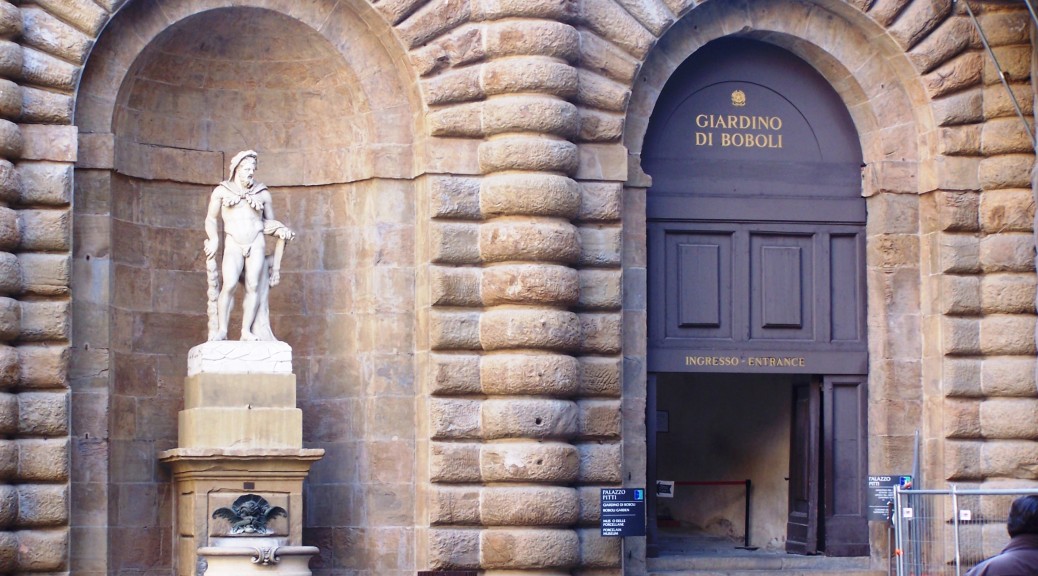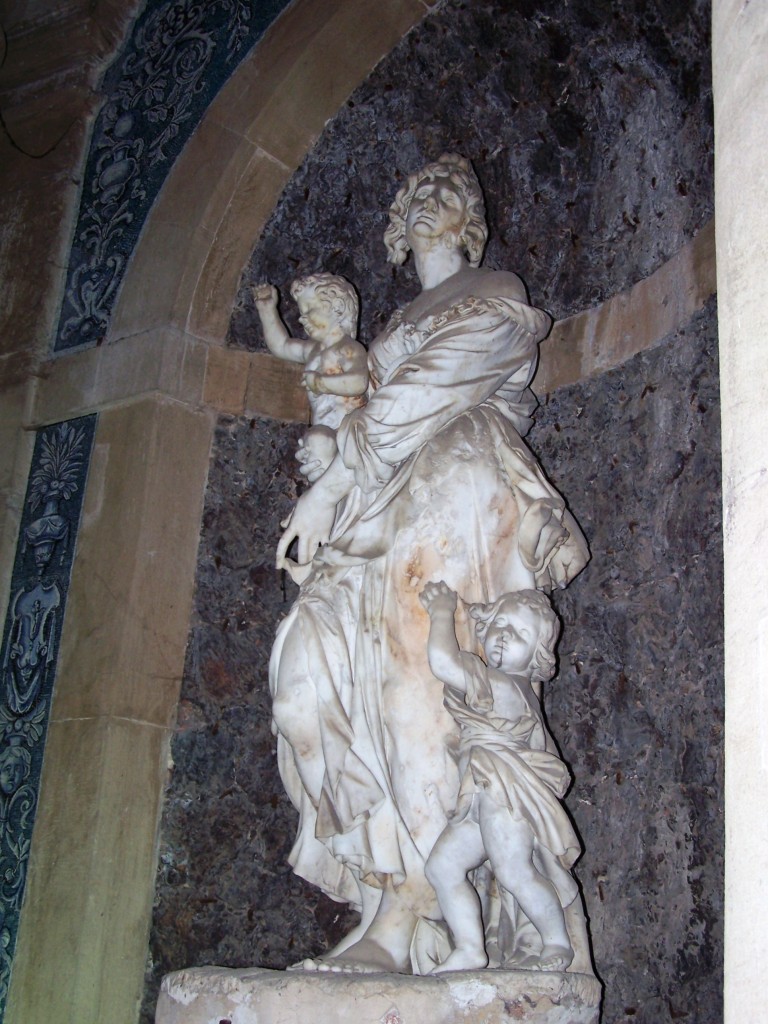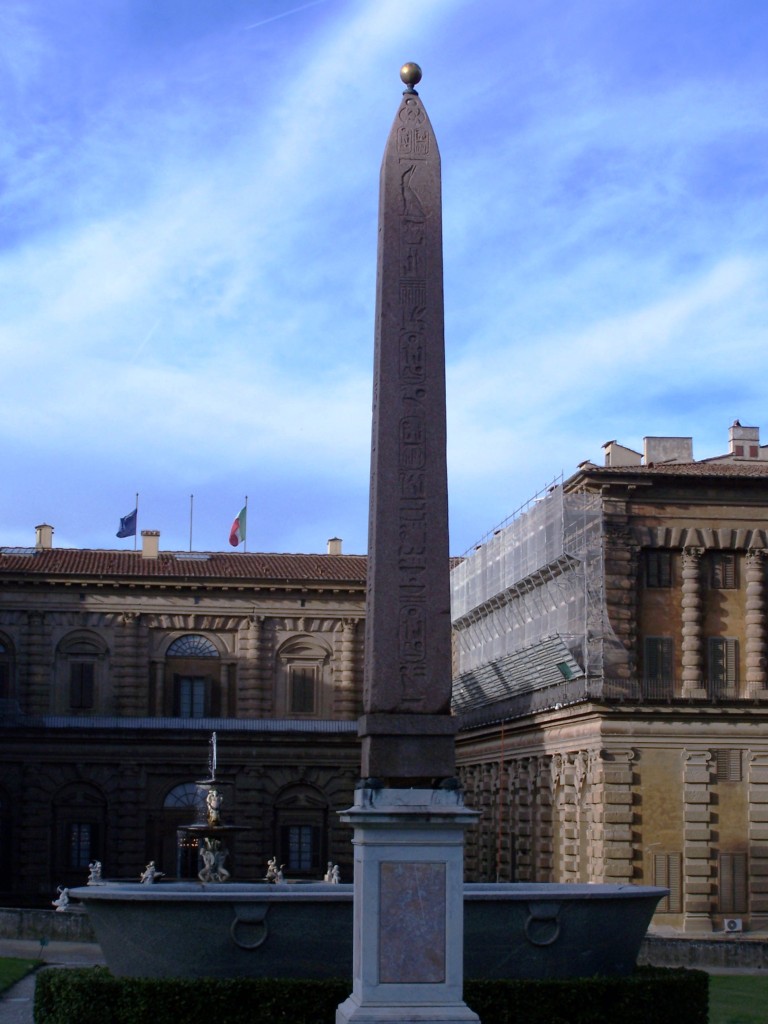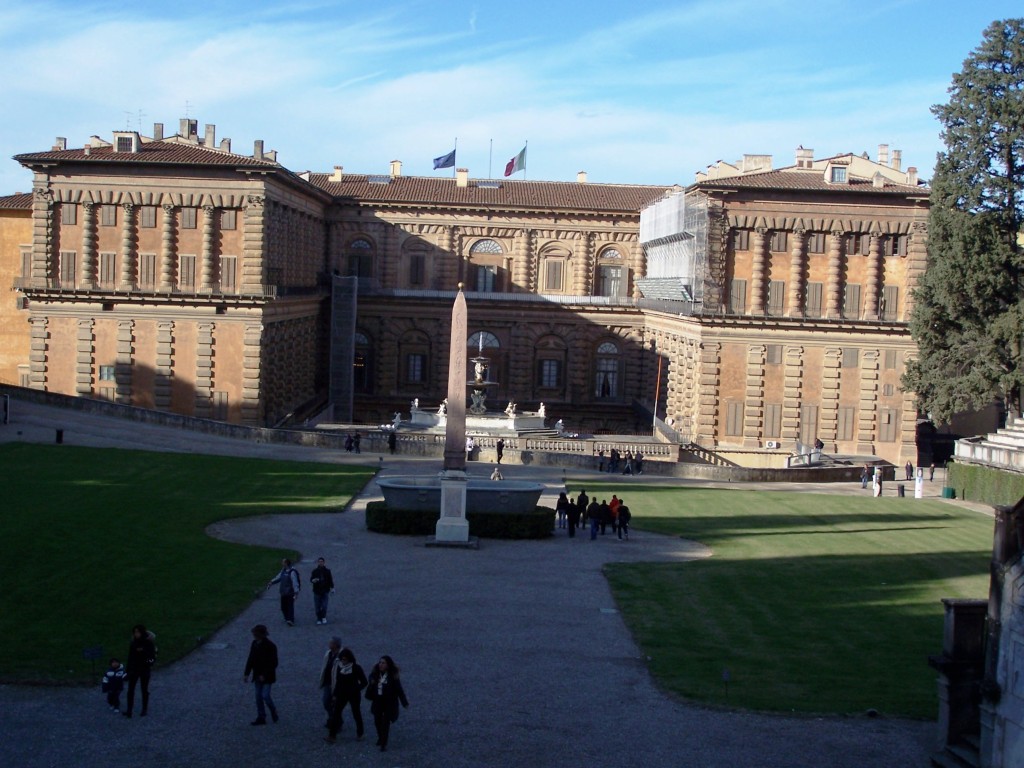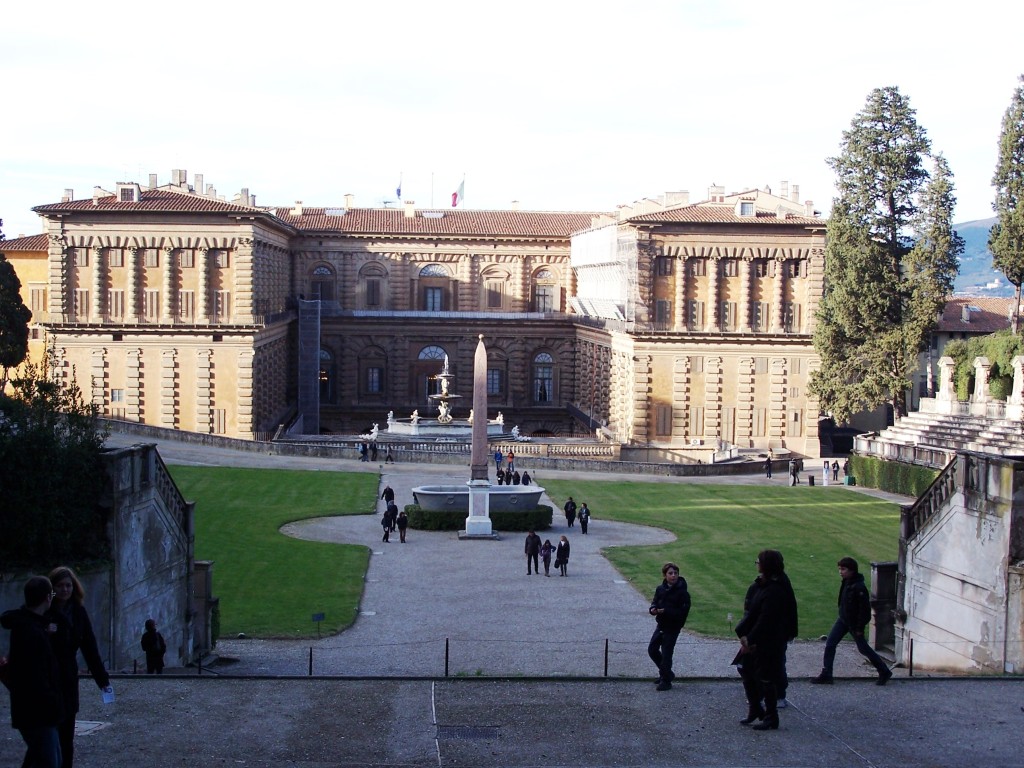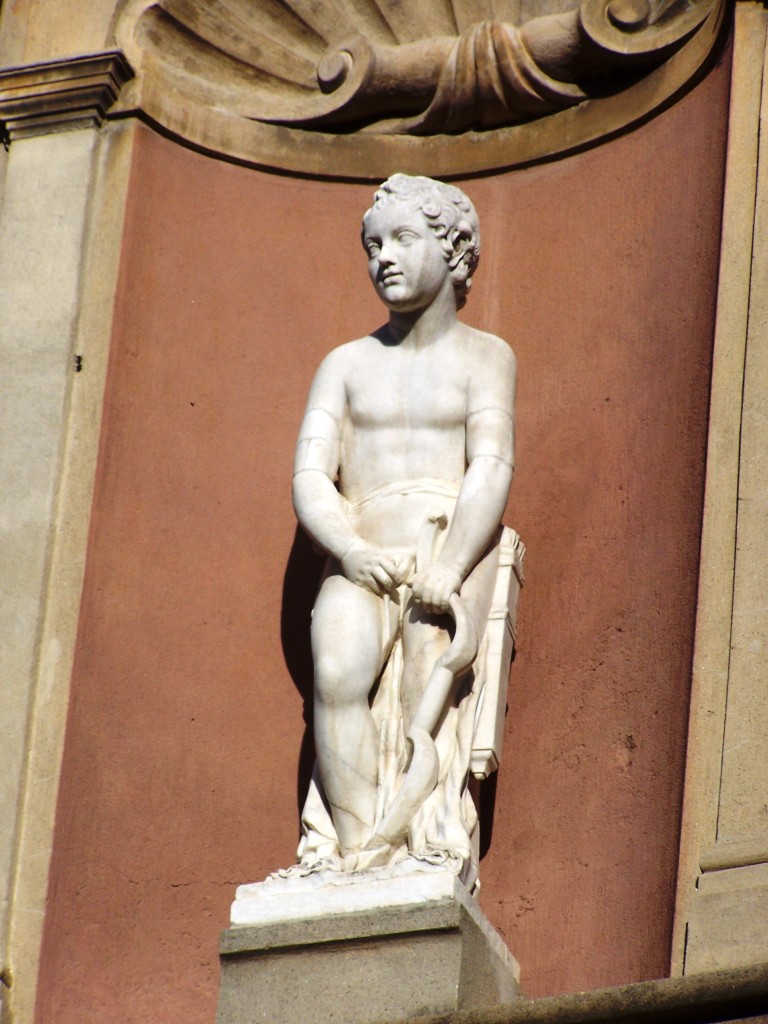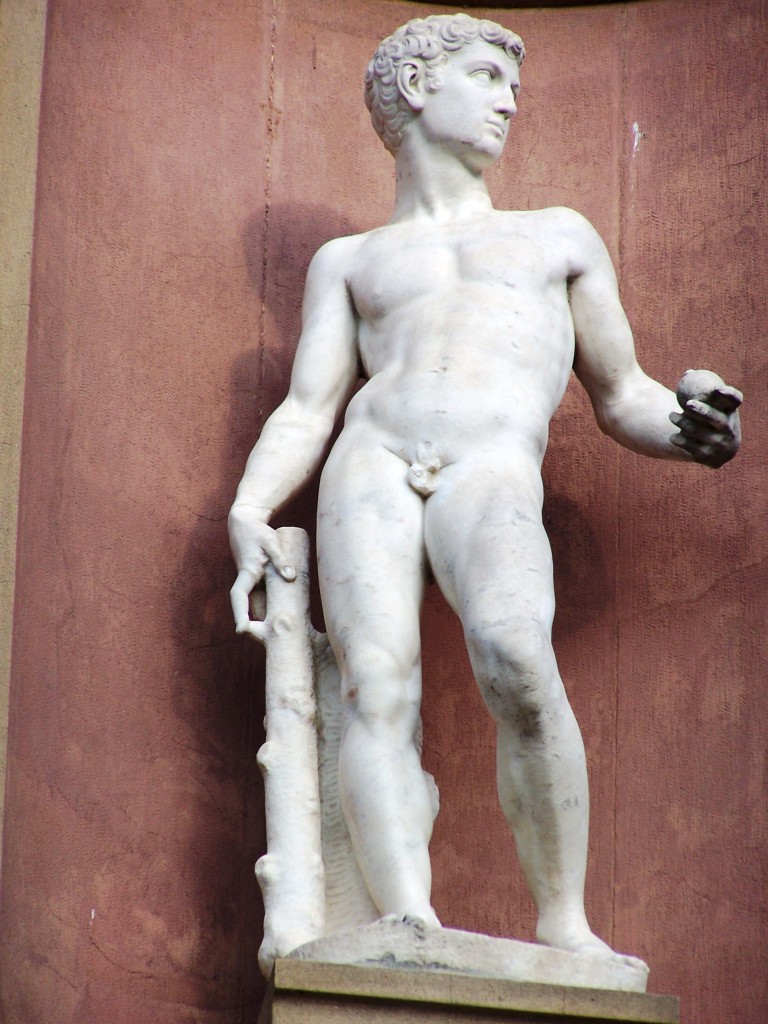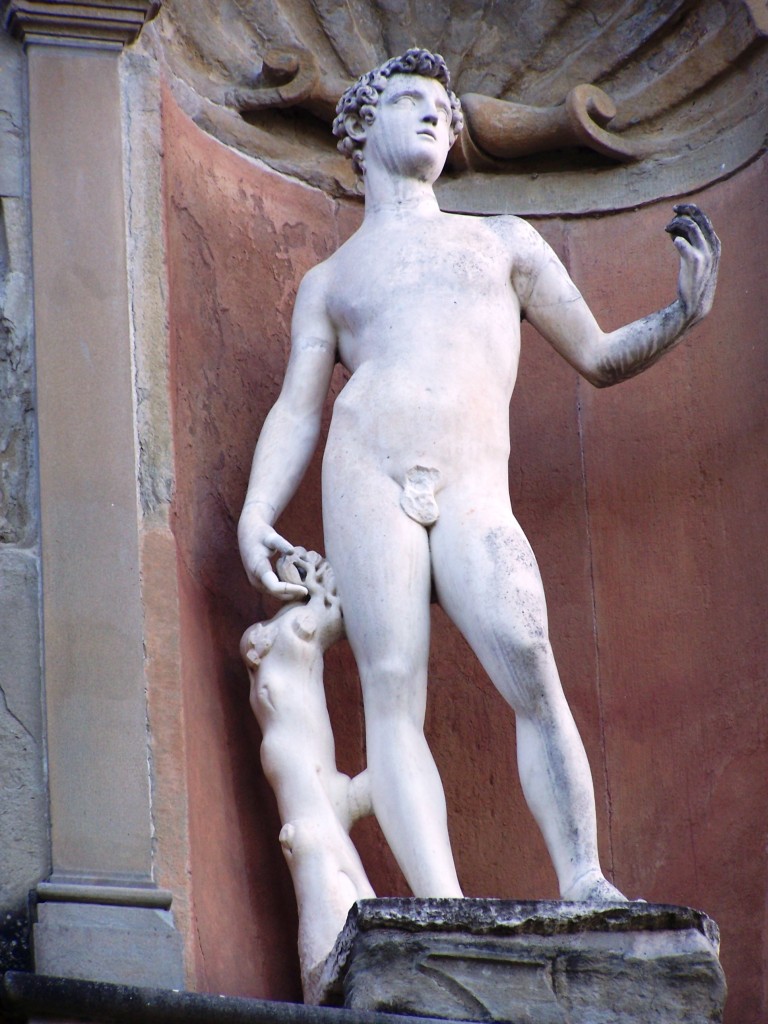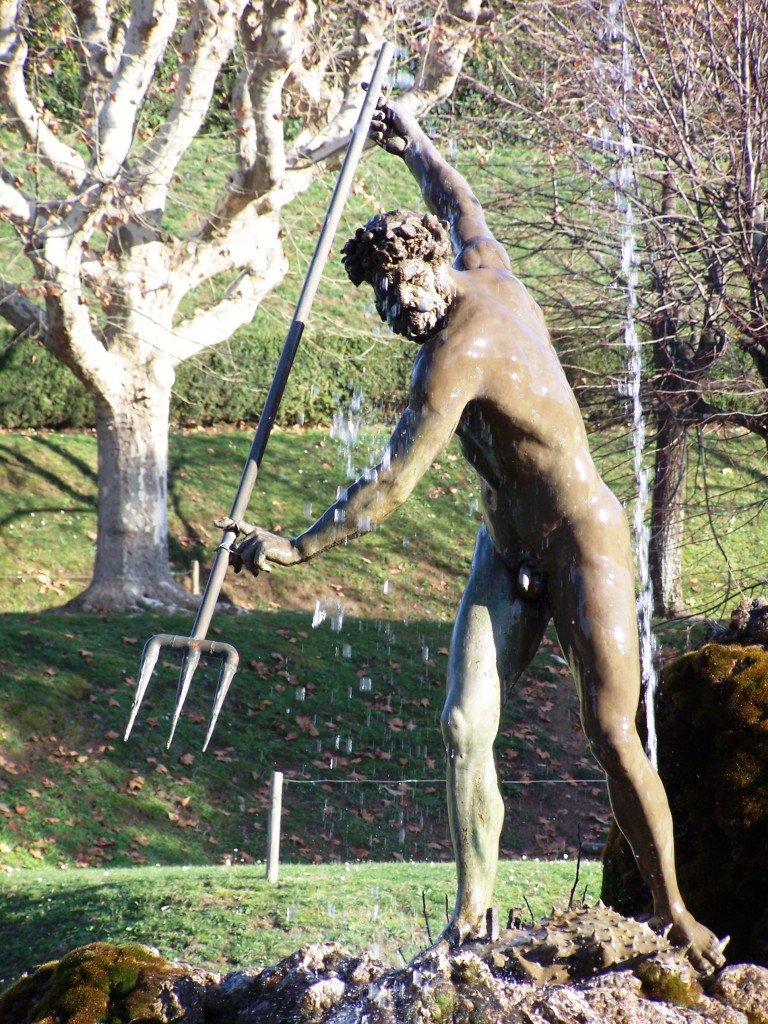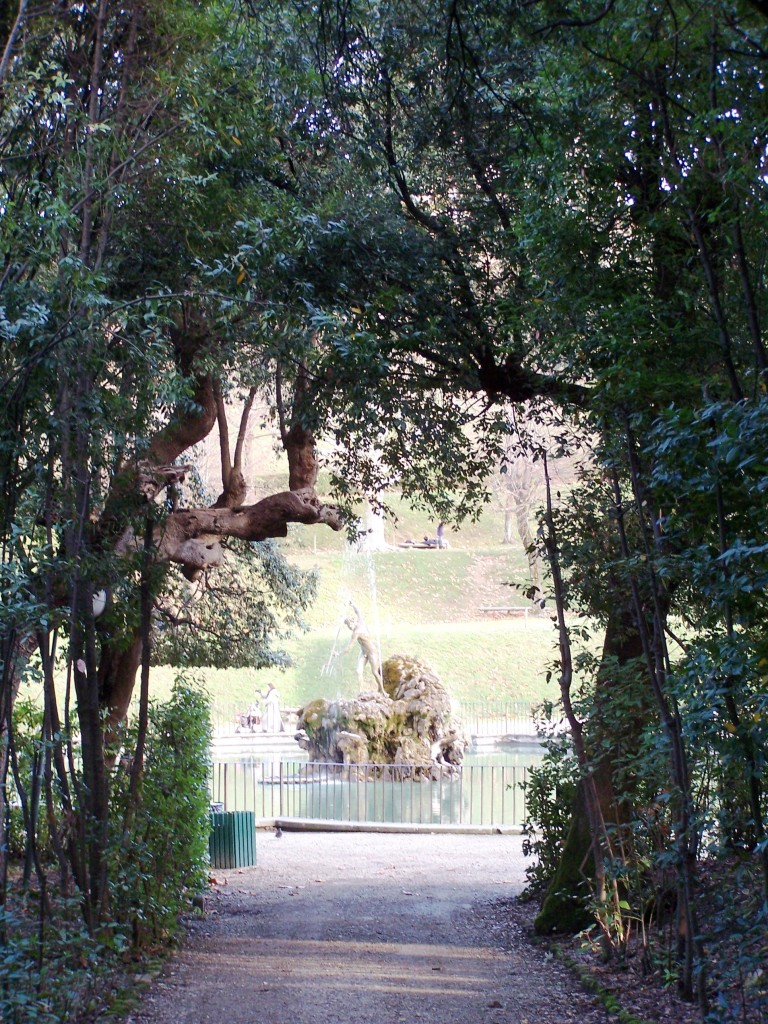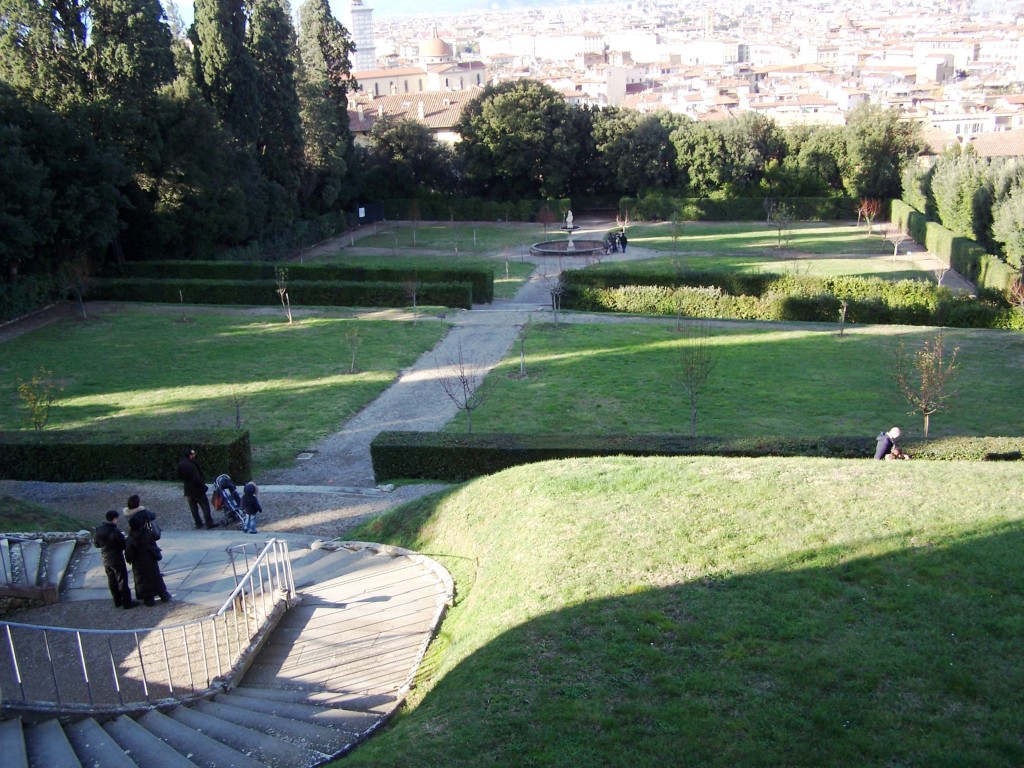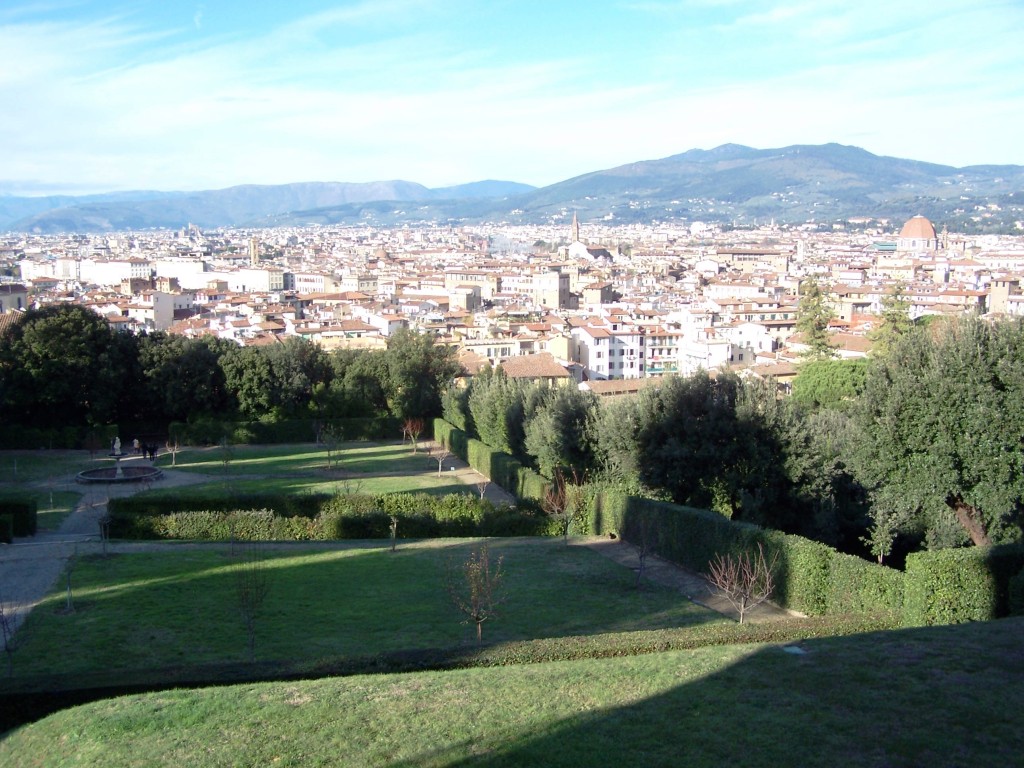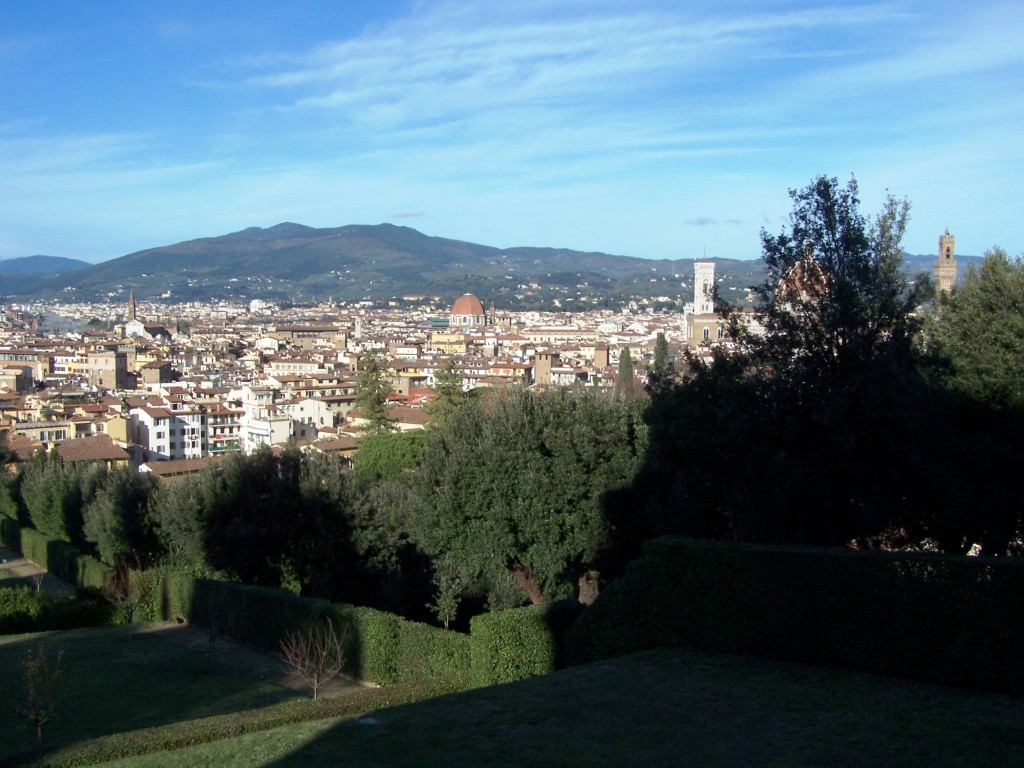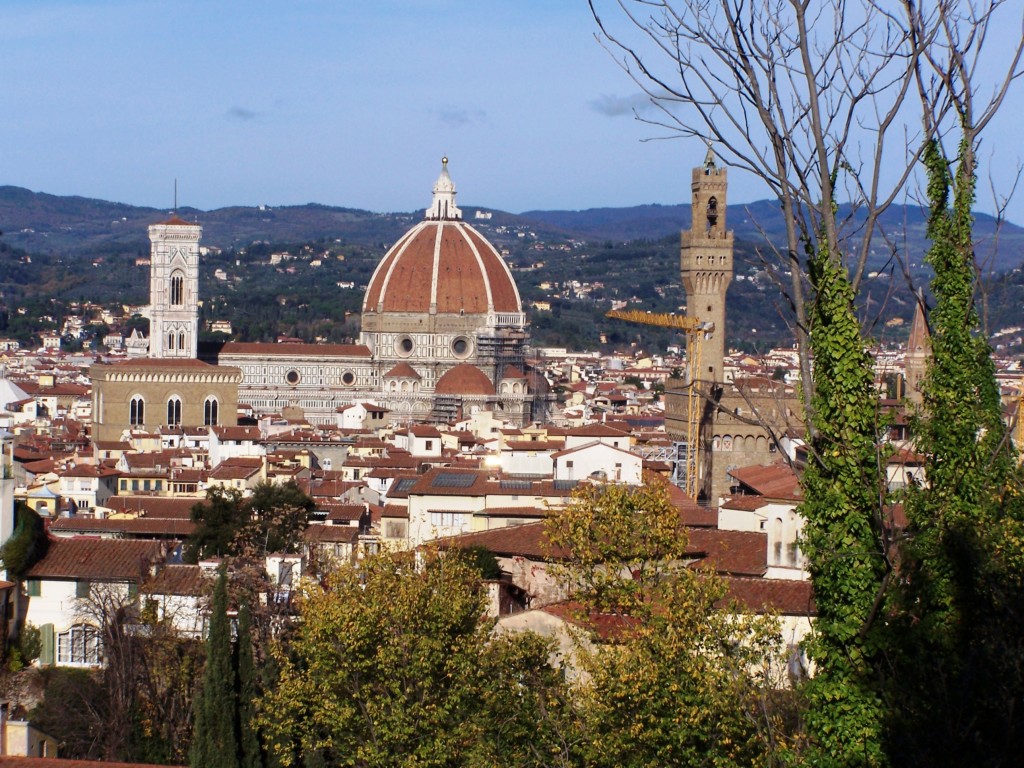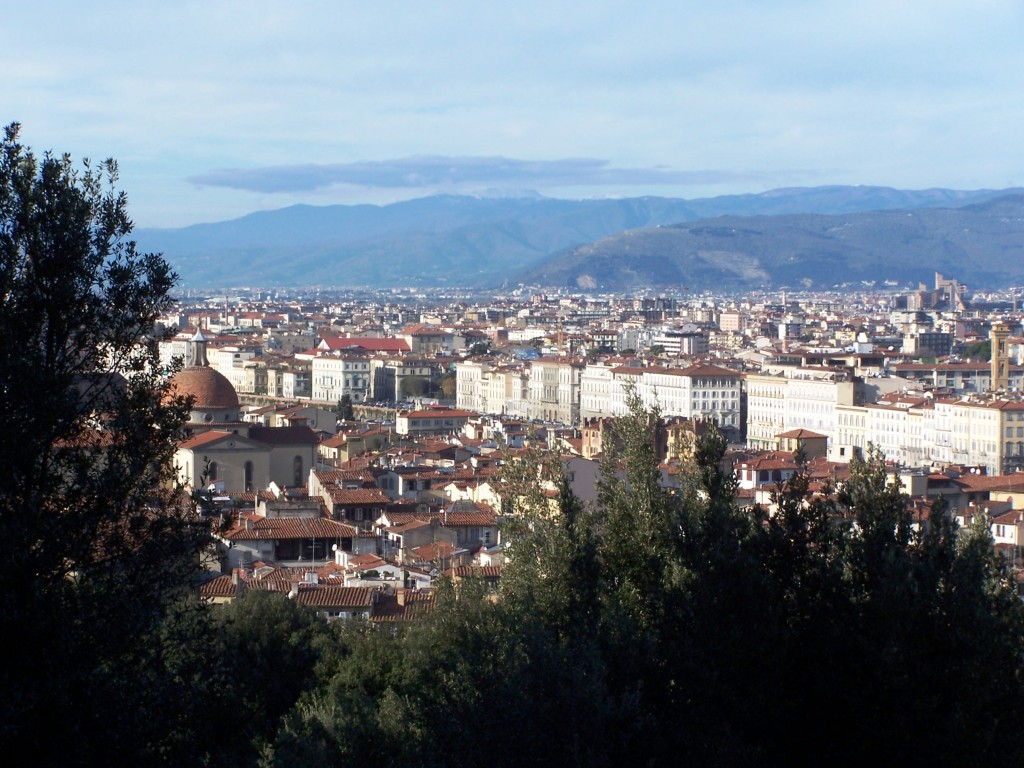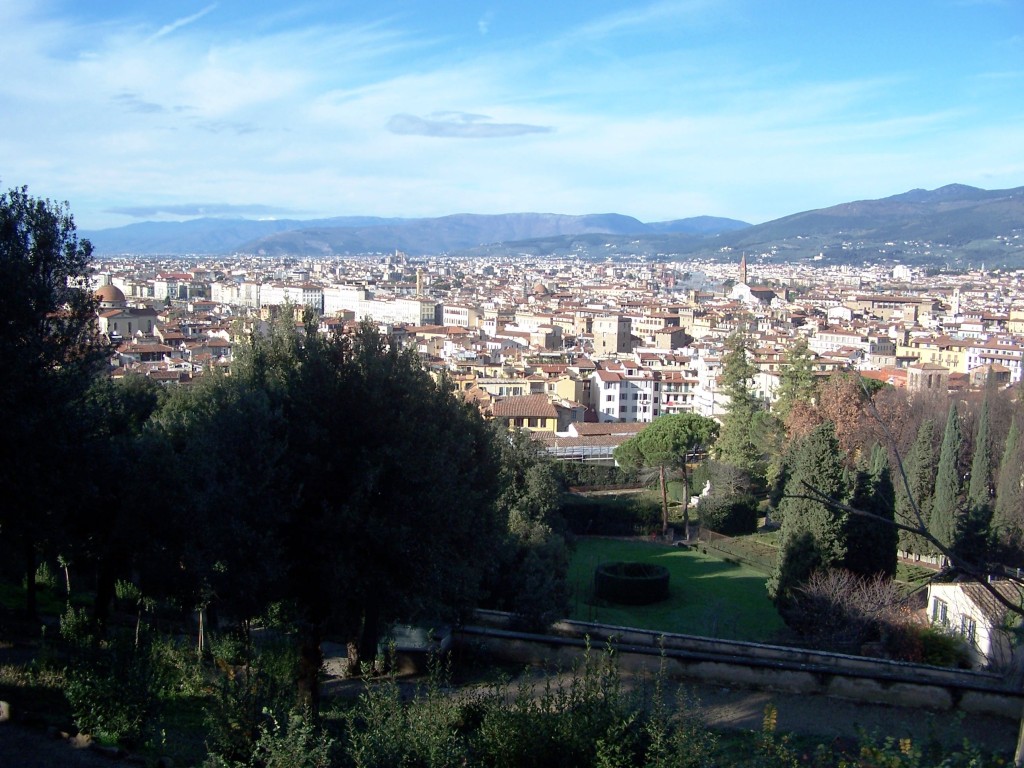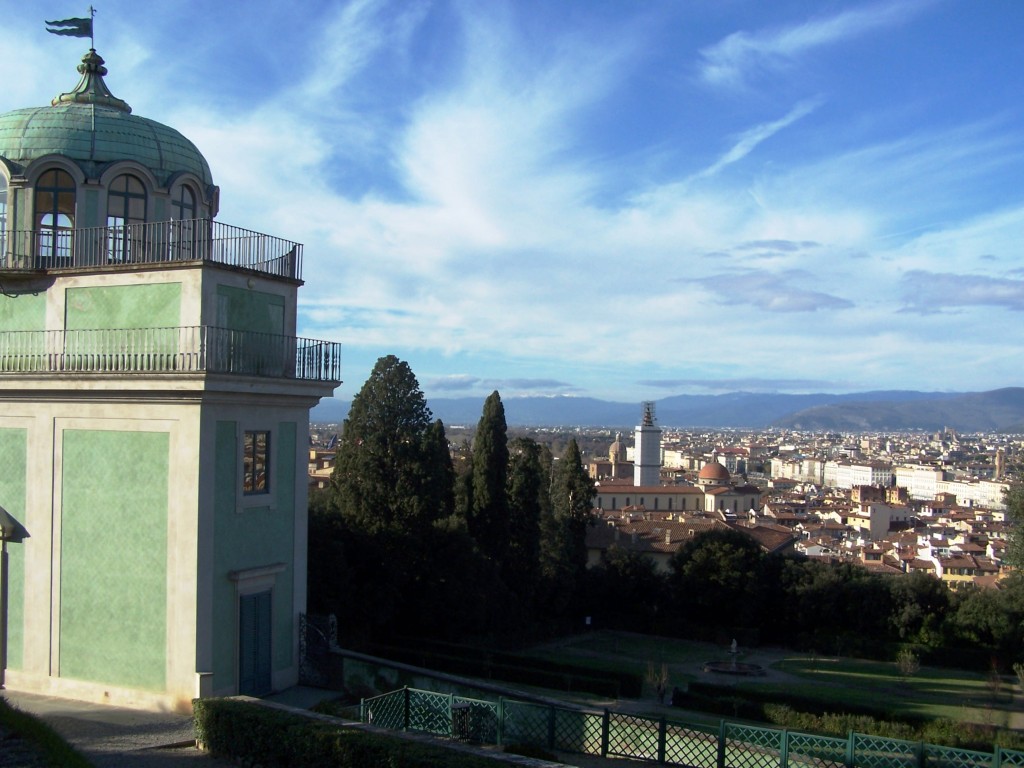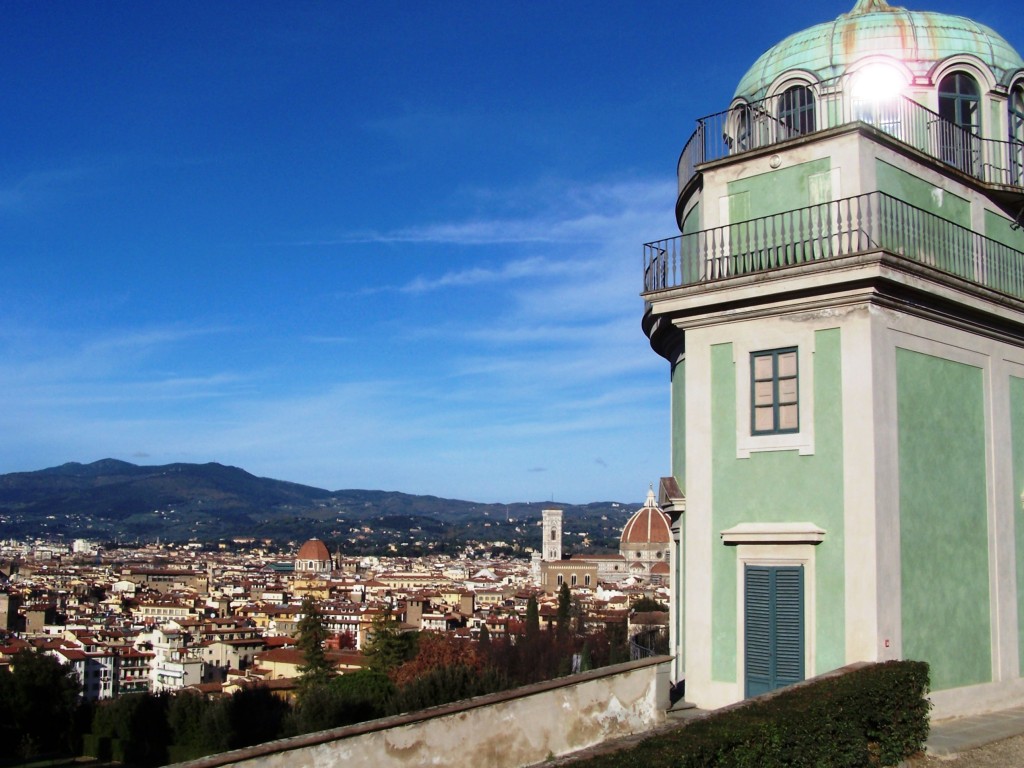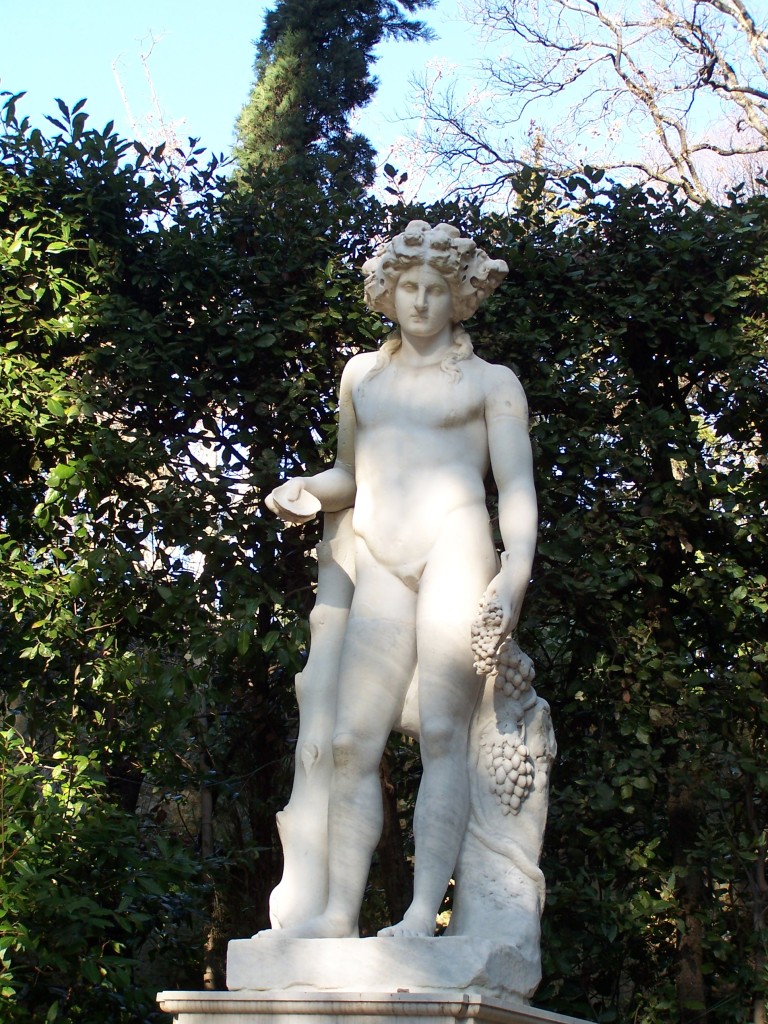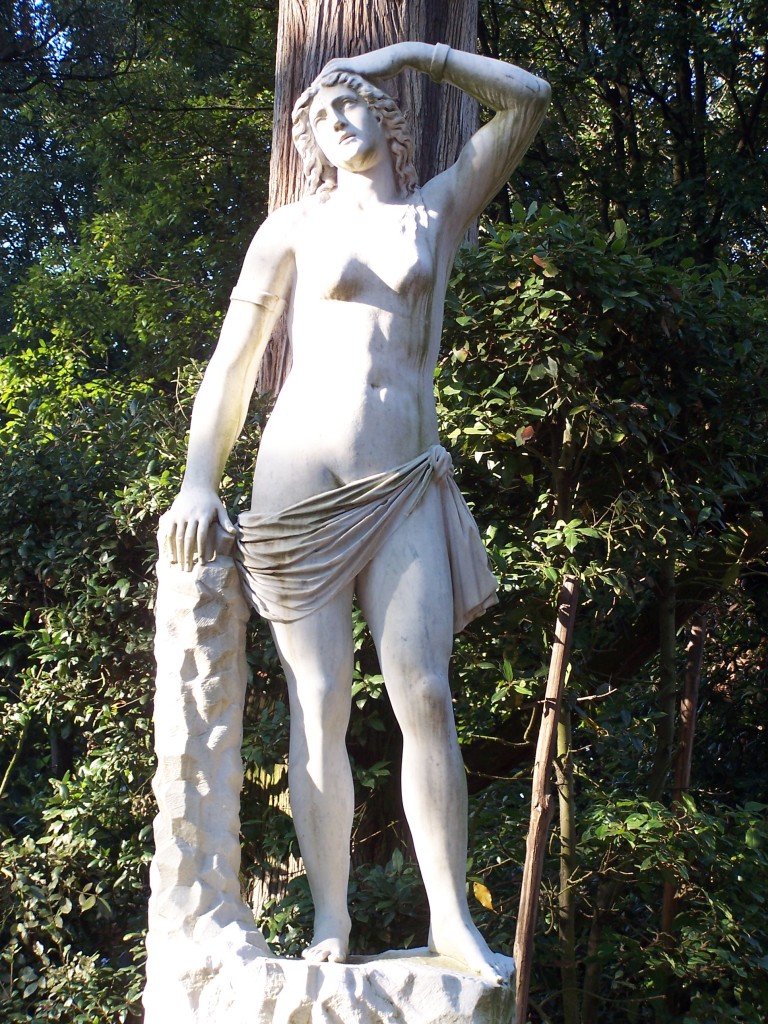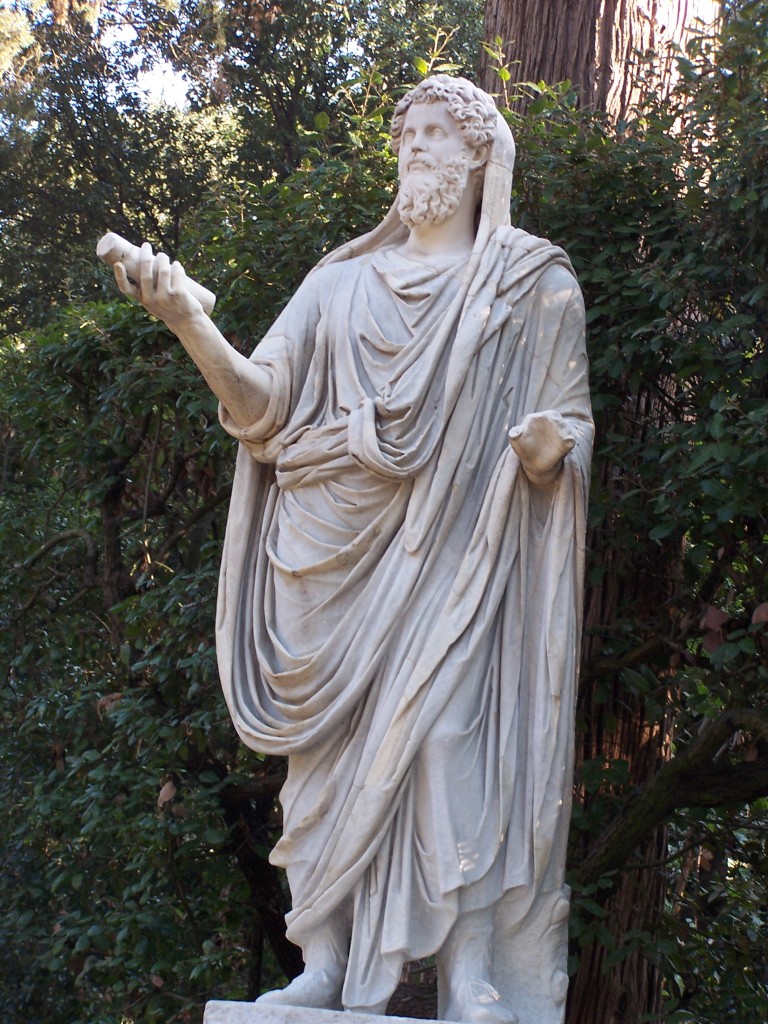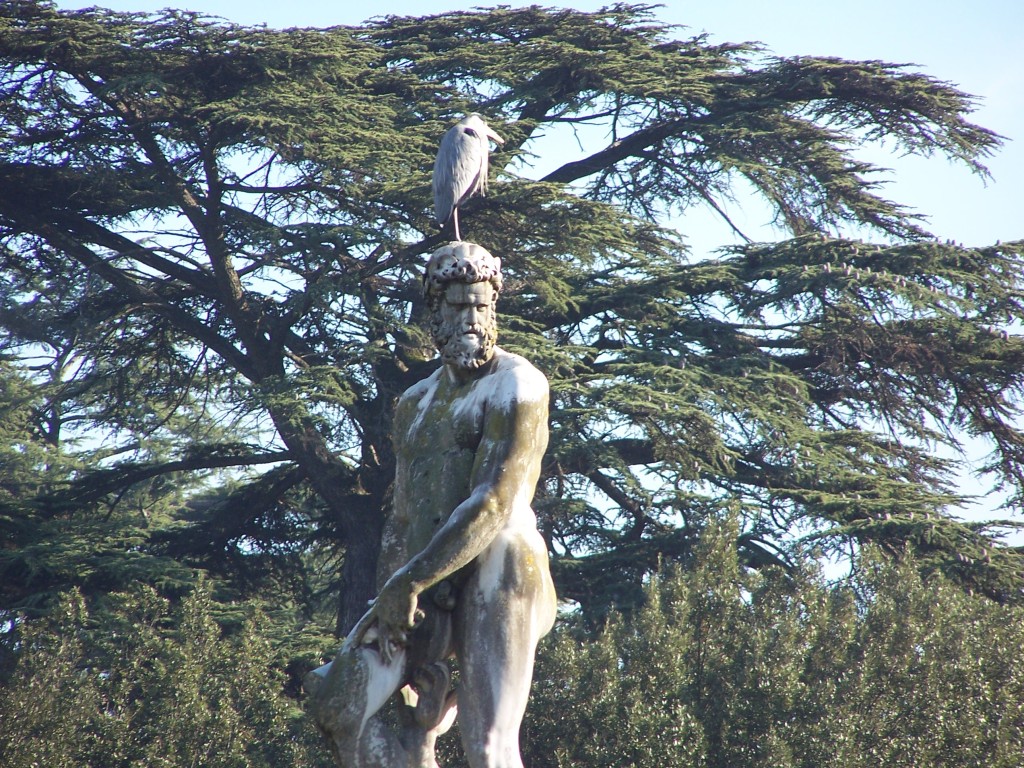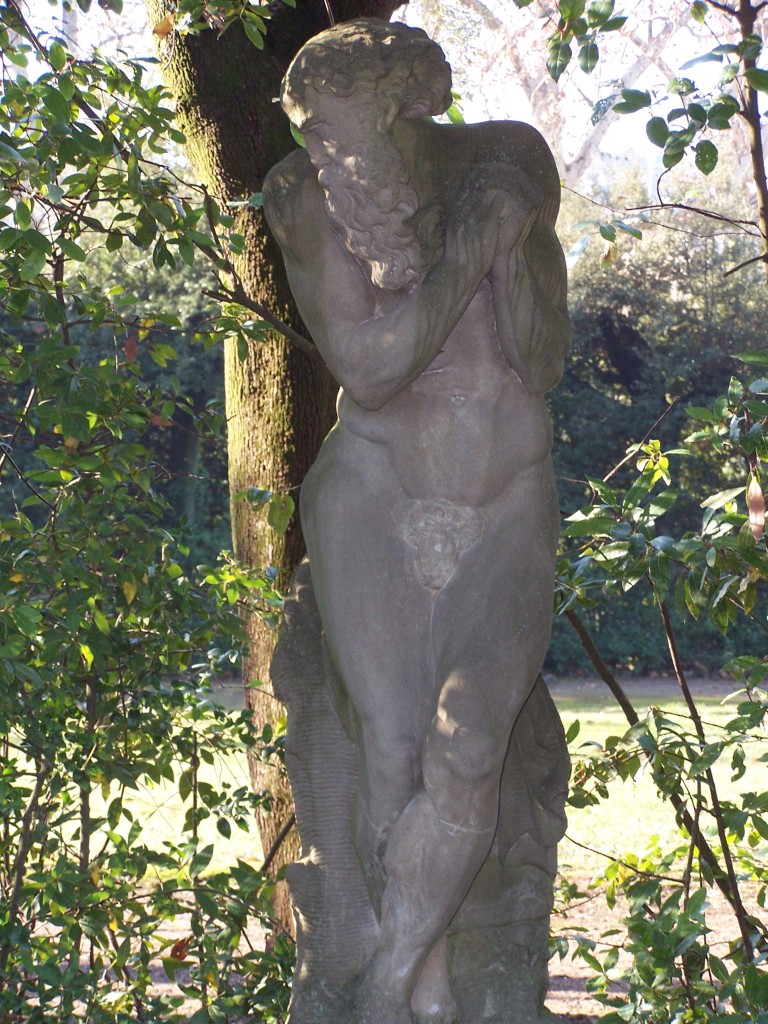Il Tribolo
the consumate garden alla italiana
(leading to Buontalenti’s Grotto)
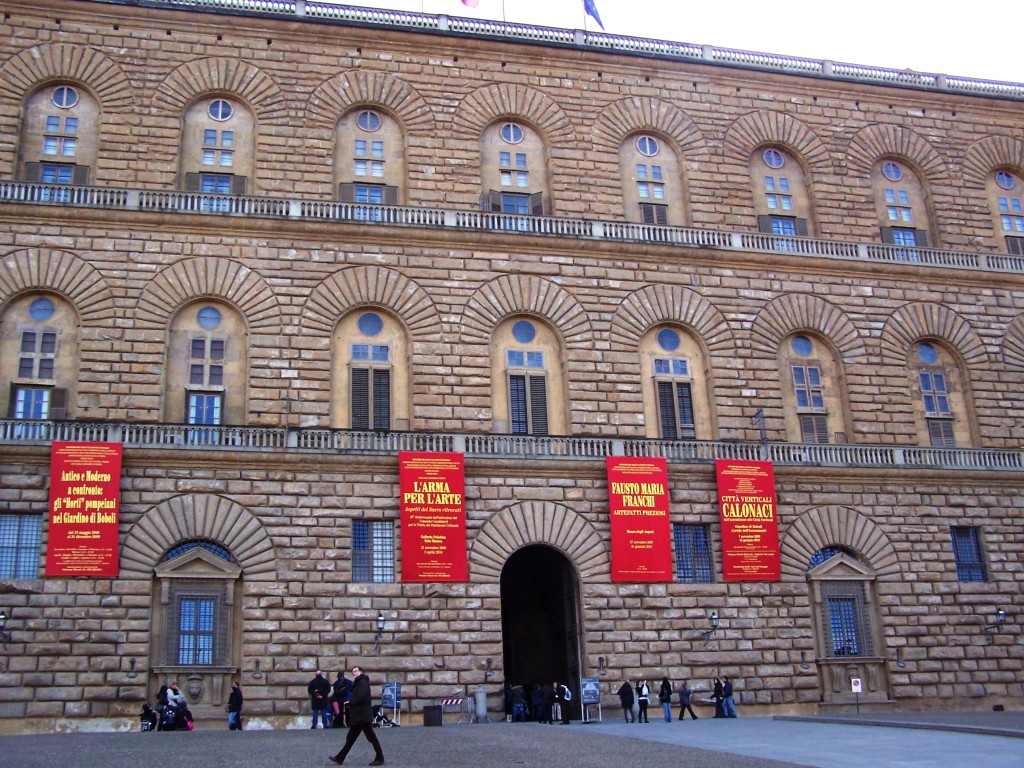
The main entrance of the Pitti Palace leads to the Ammannati Courtyard, contained on three sides by the facades of the Palace
On the fourth side, a single storey topped by Francesco Susini’s Artichoke Fountain (Fontana del Carciofo), under the watchful gaze of Hercules, lies the entrance to the garden. The centre arch leads into the 17th C Grotto of Moses.
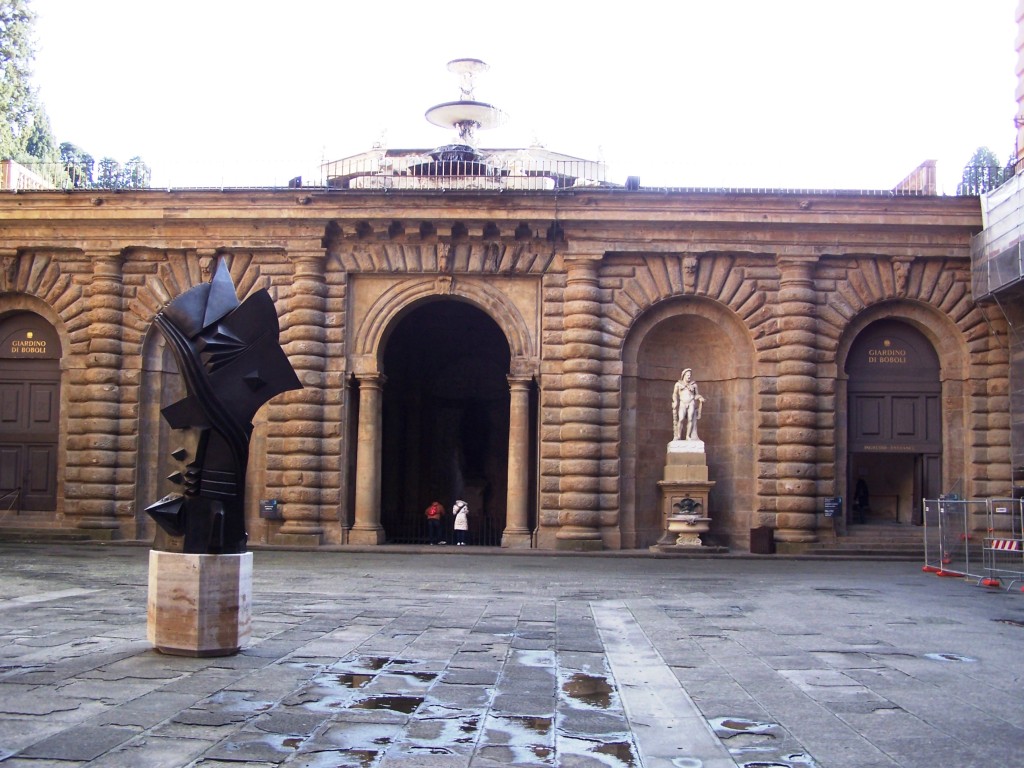
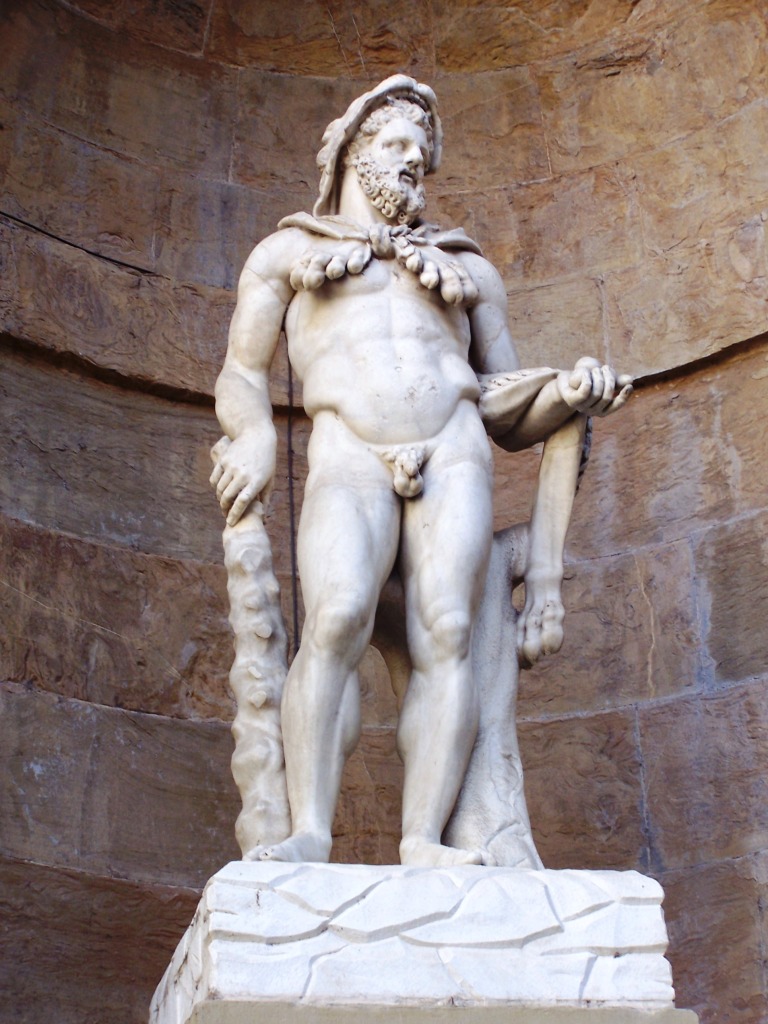
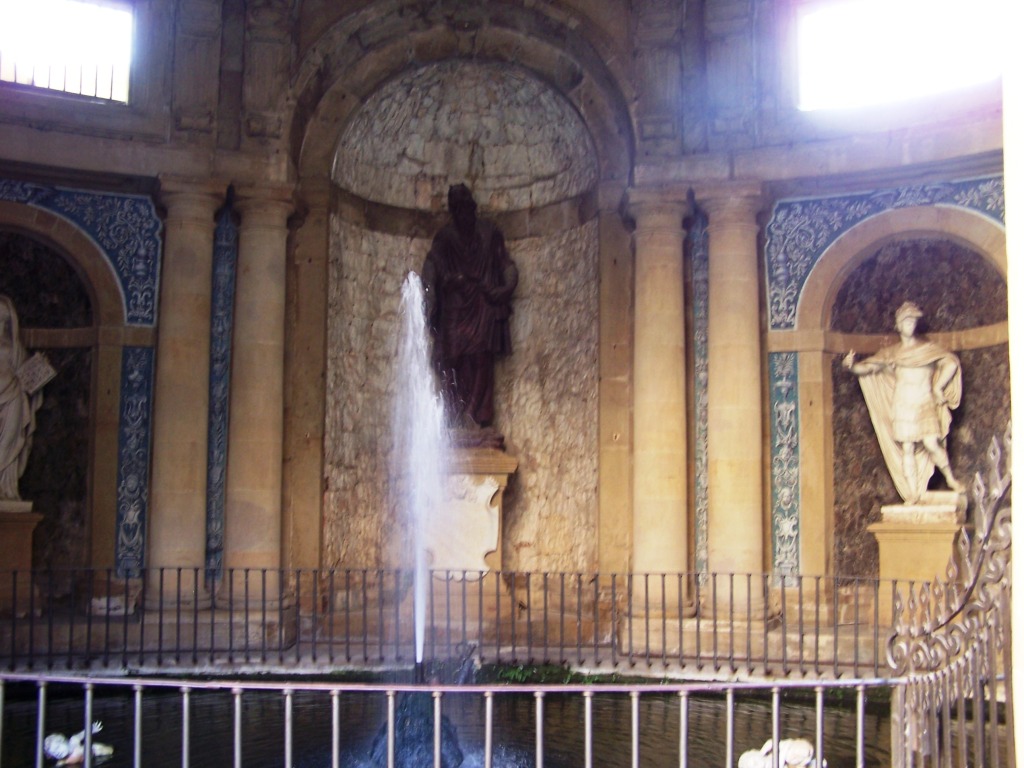
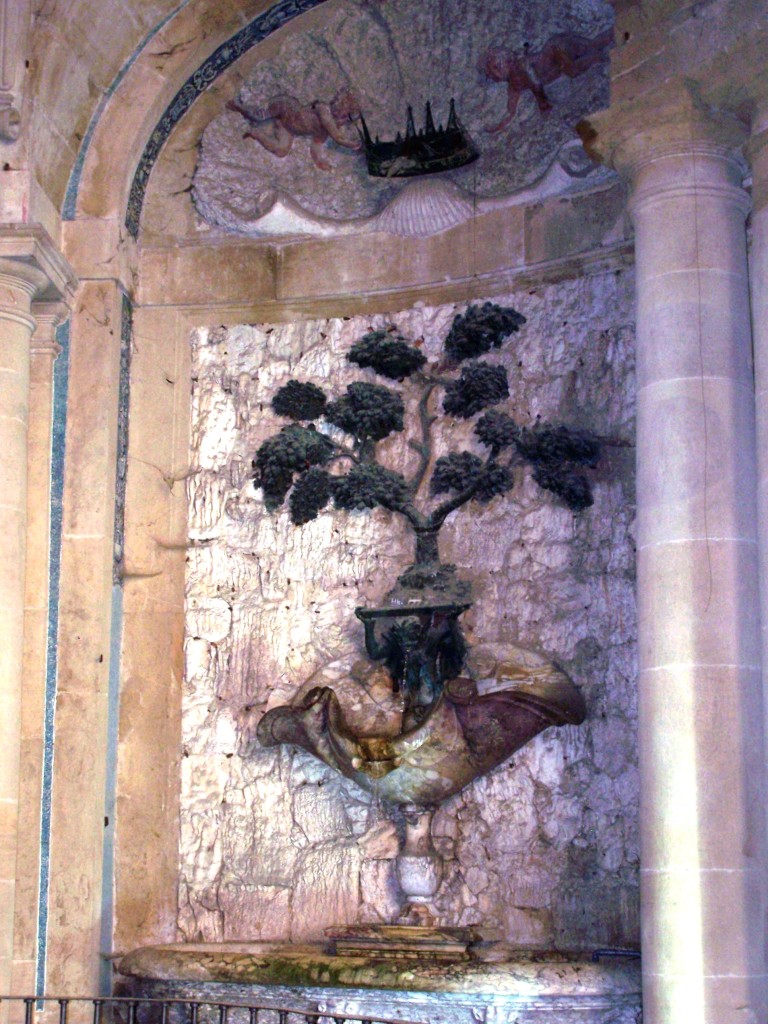
The Fountain of the Artichoke, looking back from the gardens, toward the palace, and over the Ammannati Courtyard
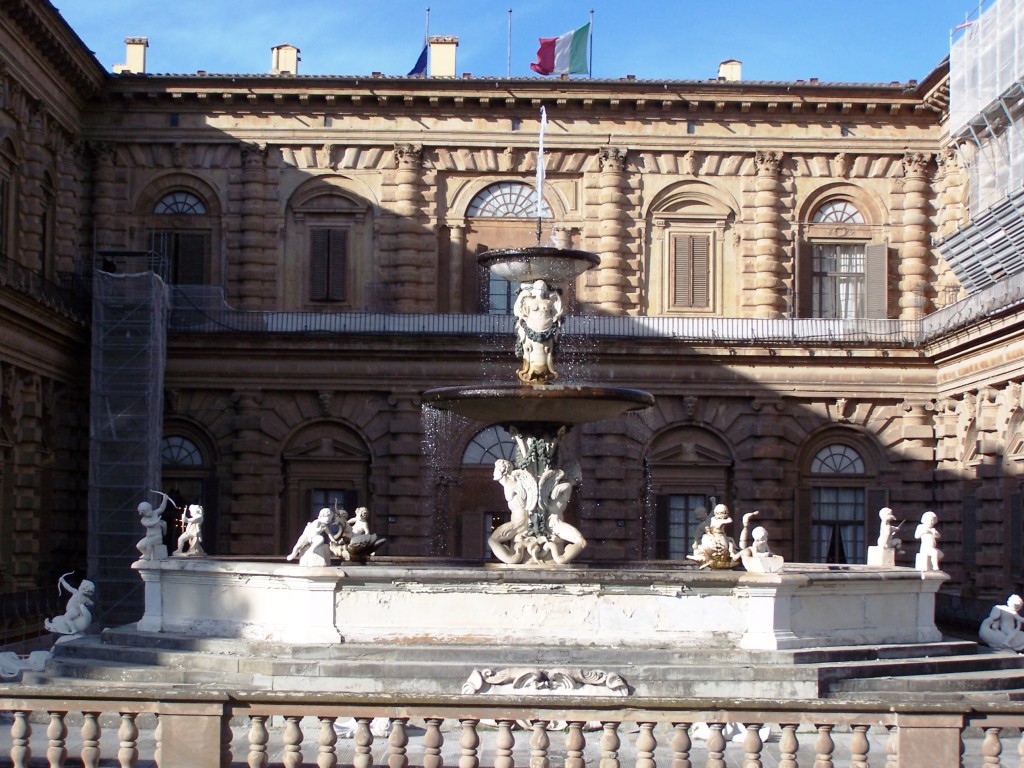
At the end of the entrance ramp, looking away from the fountain, one is greeted with the sight of the magnificent amphitheatre
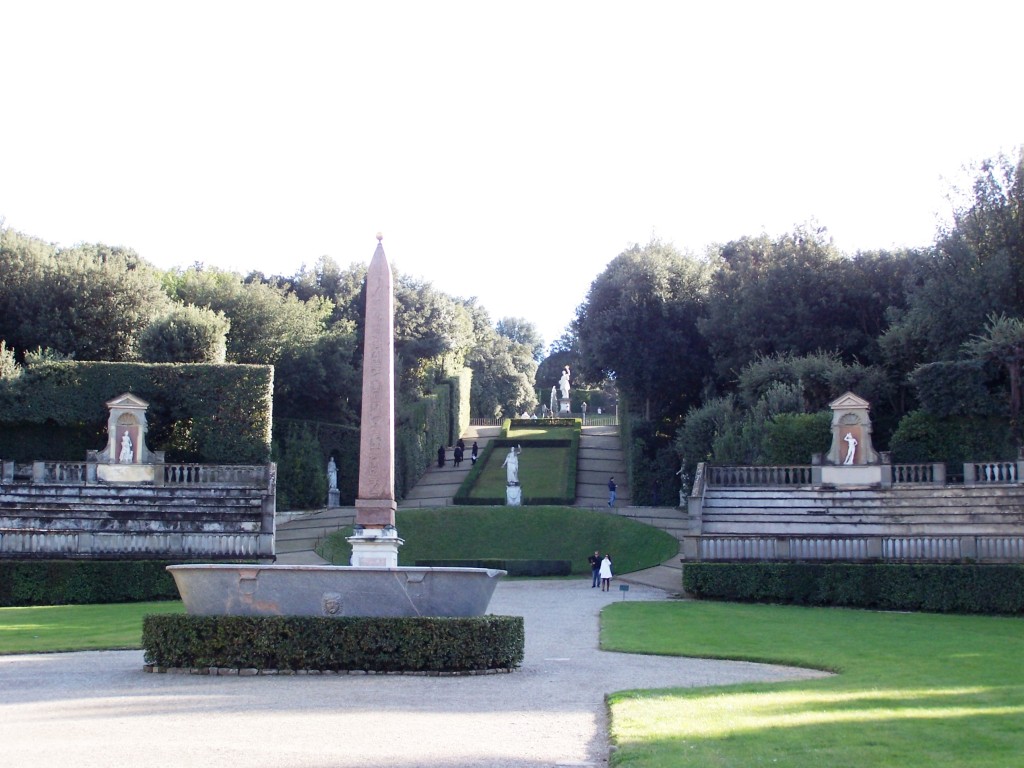
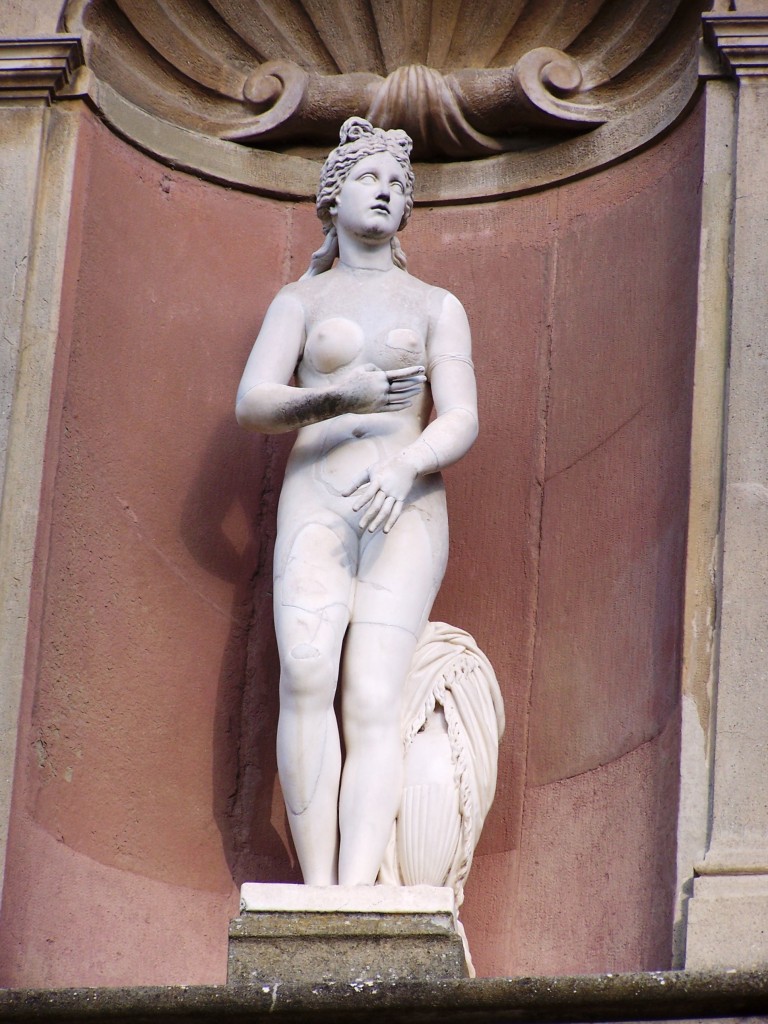
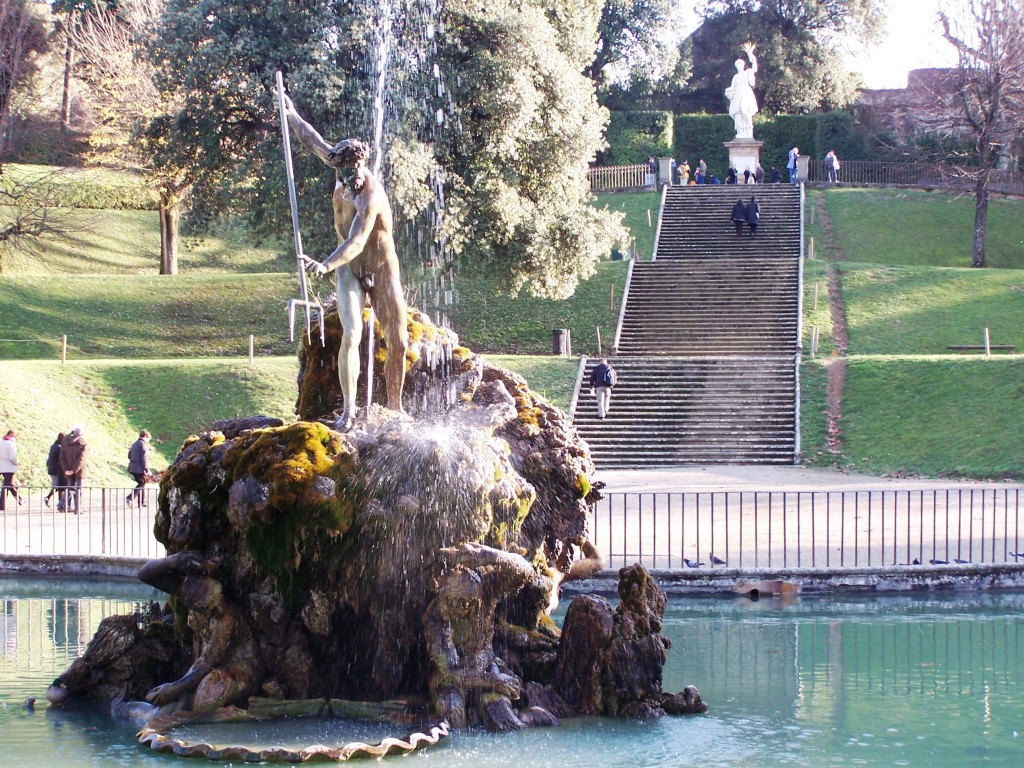
Climbing the path from the amphitheatre we reach the Forcone Basin (Vasca del Forcone) where Neptune brandishes his trident over a cliff beneath which crouch four marin demi-gods

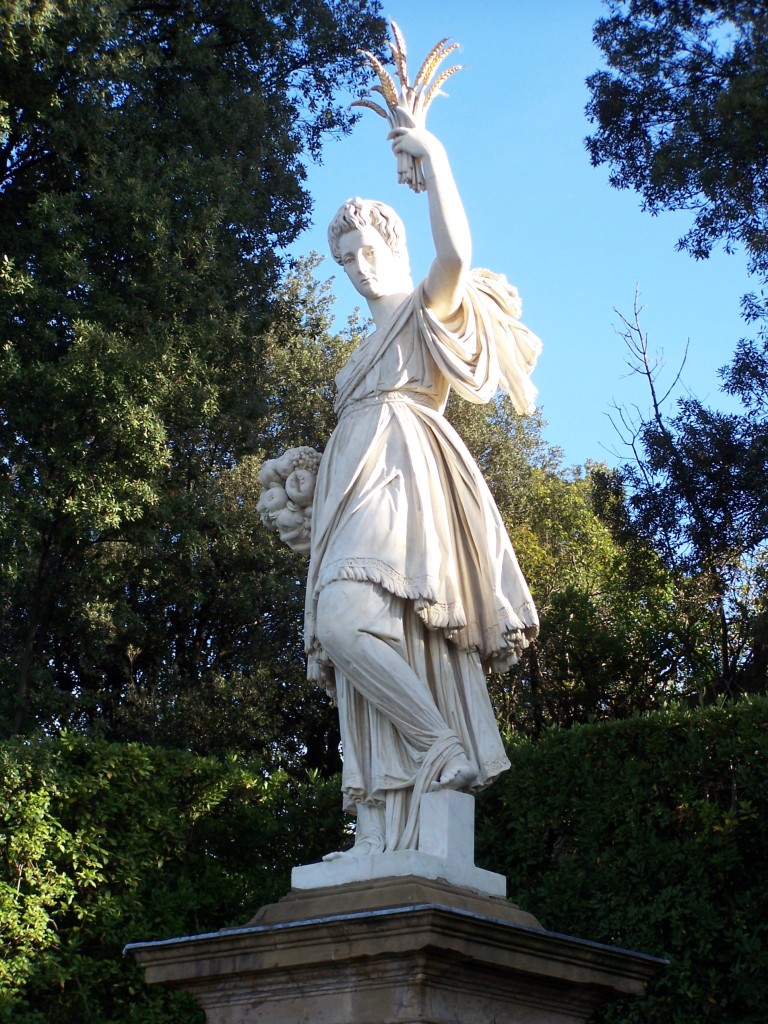
Reaching the heights of the path above the palace we find Plenty (Abbondanza), begun by Giambologna in 1608 and completed by Pietro Tacca and Sebastiano Salvini (1636-37). She represents the prosperity of the Tuscan State

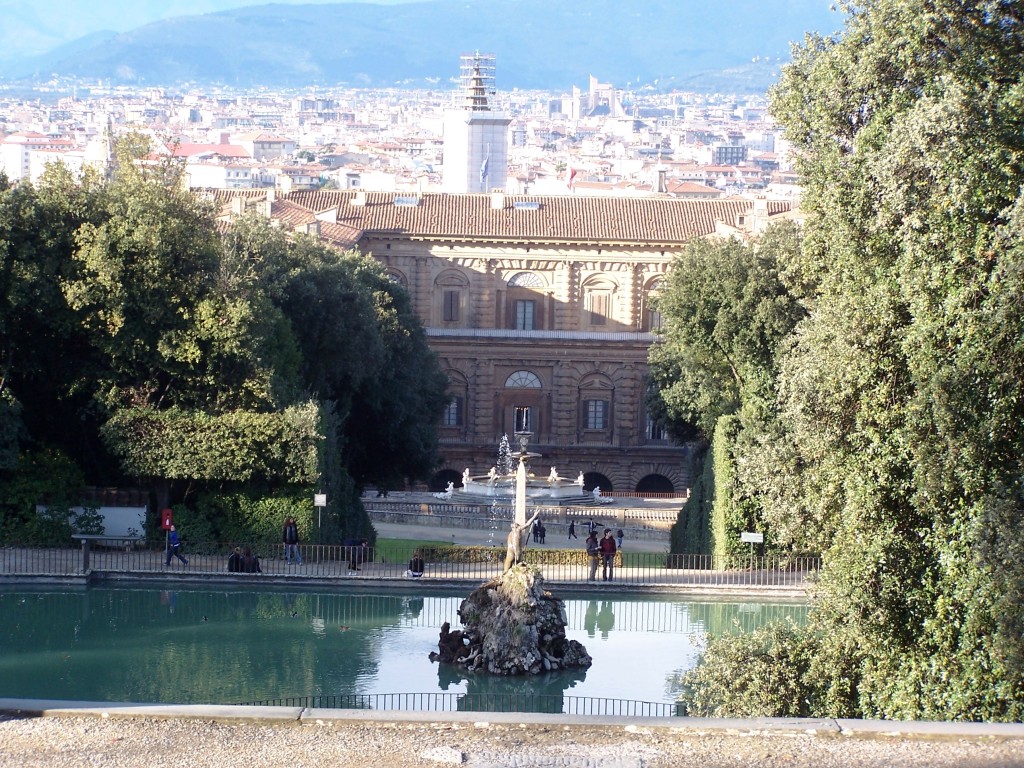
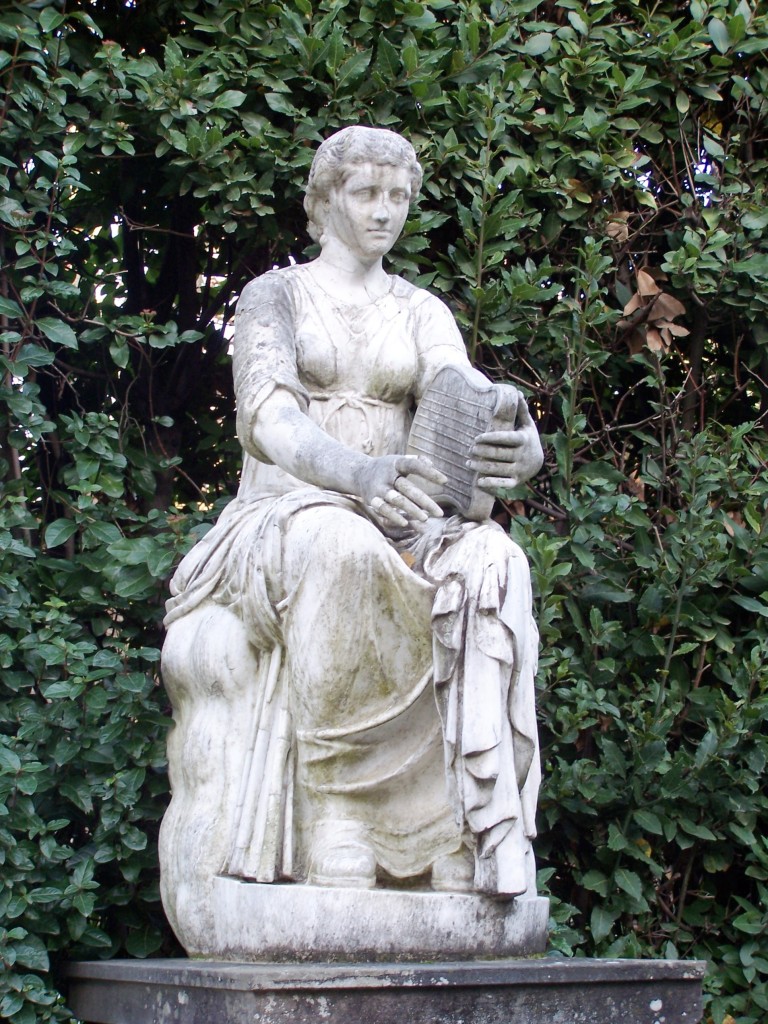
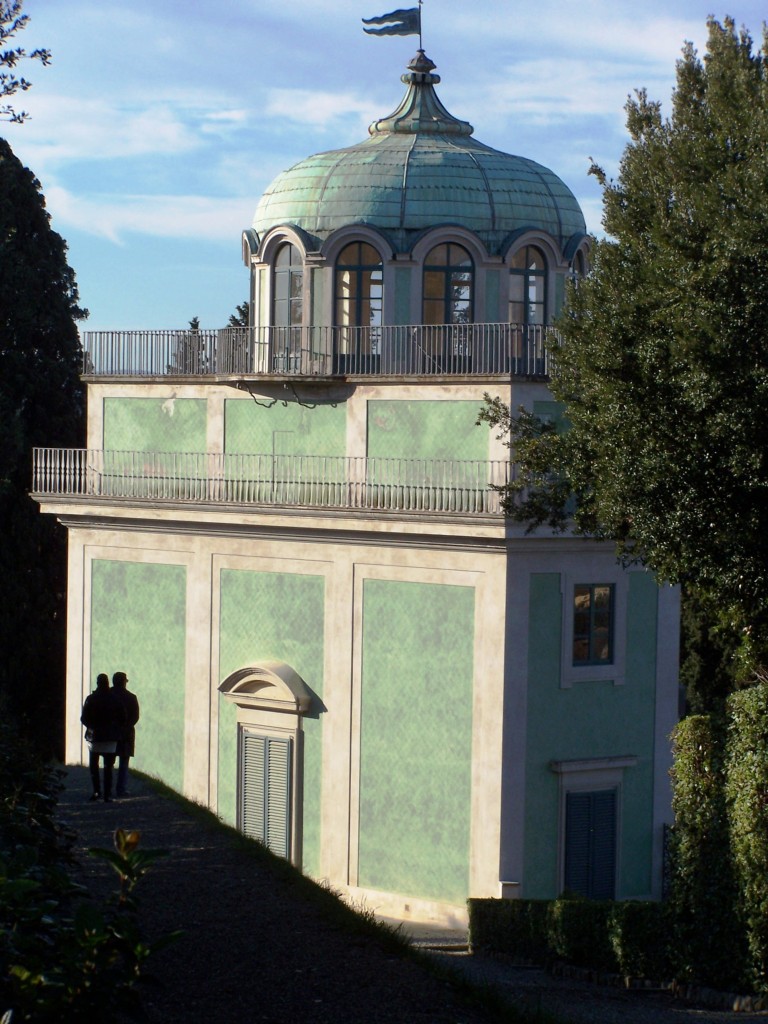
From the Forcone Basin, an alternative path leads us into Cypress Lane (Il Viottolone), the other axis of the expanded gardens. Ordered by Cosimo II, construction of this axis was undertaken by Giulio Parigi. The planting of the cypresses began in 1612. The lane is watched over by an array of fine statuary.

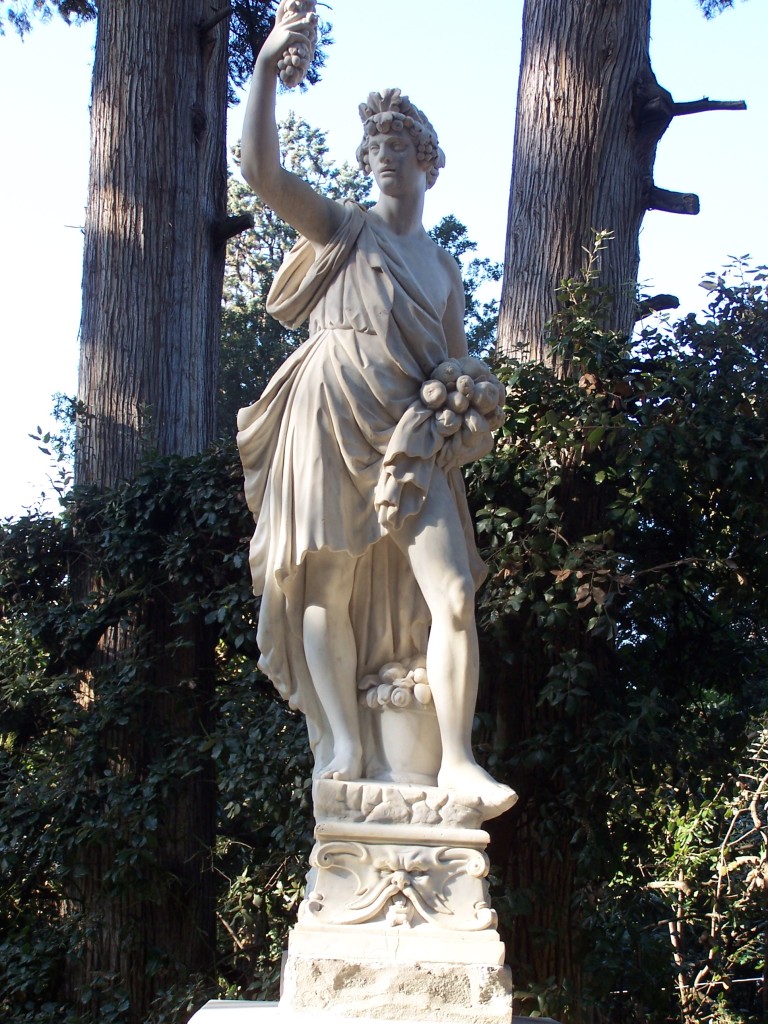
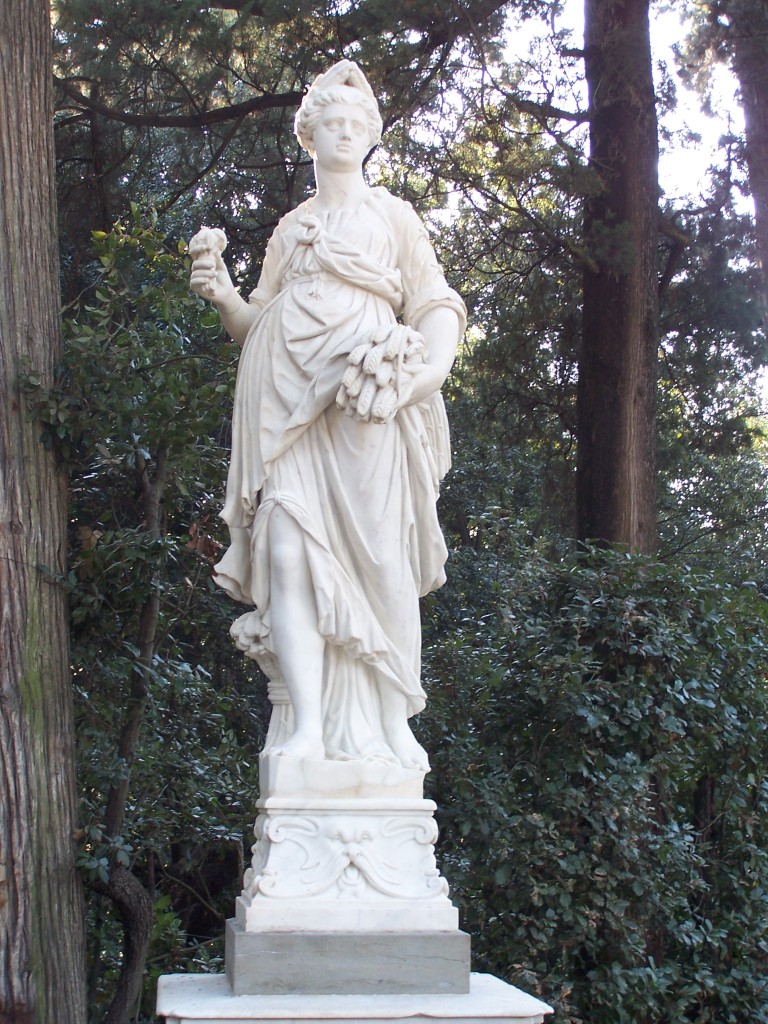
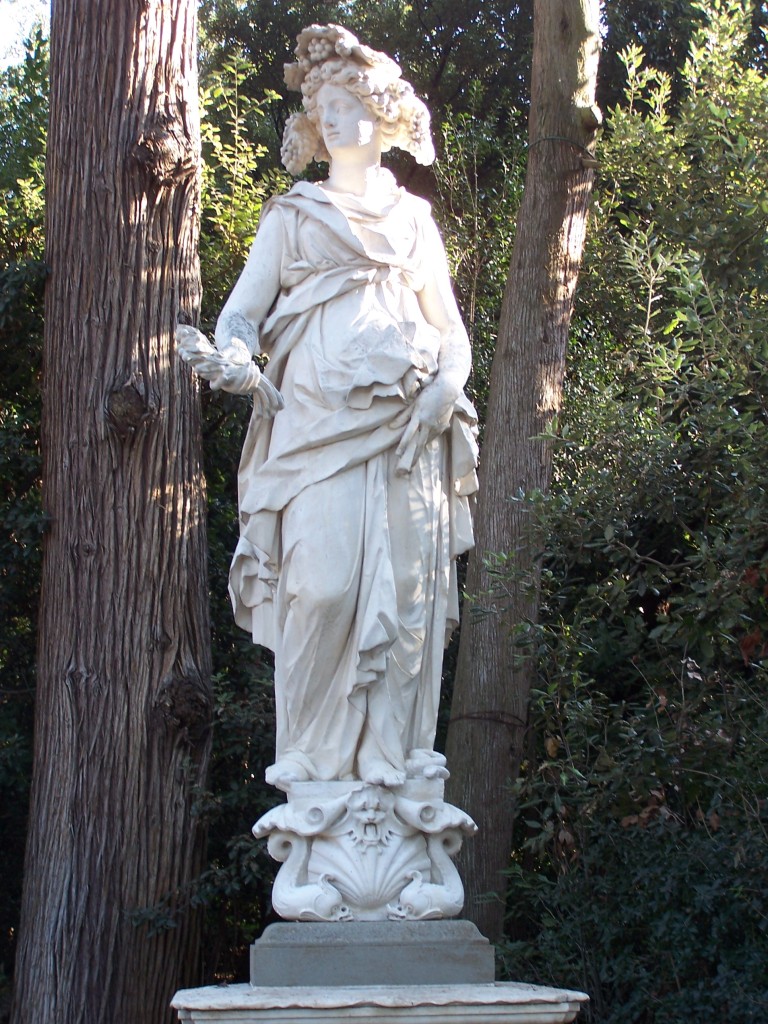
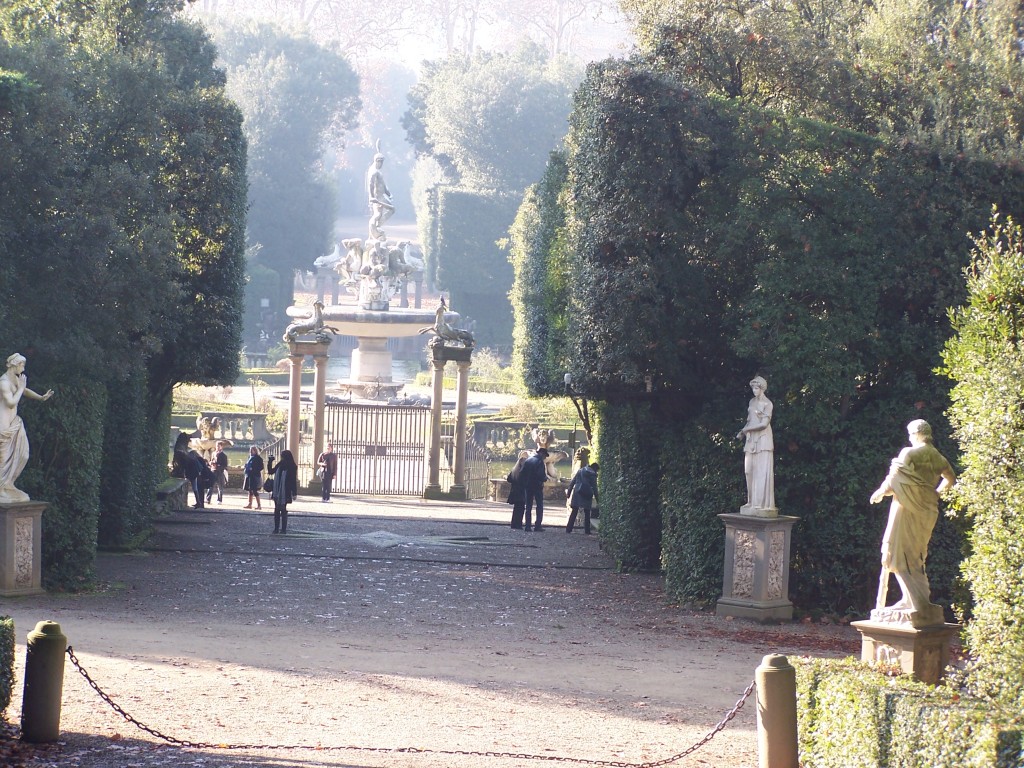
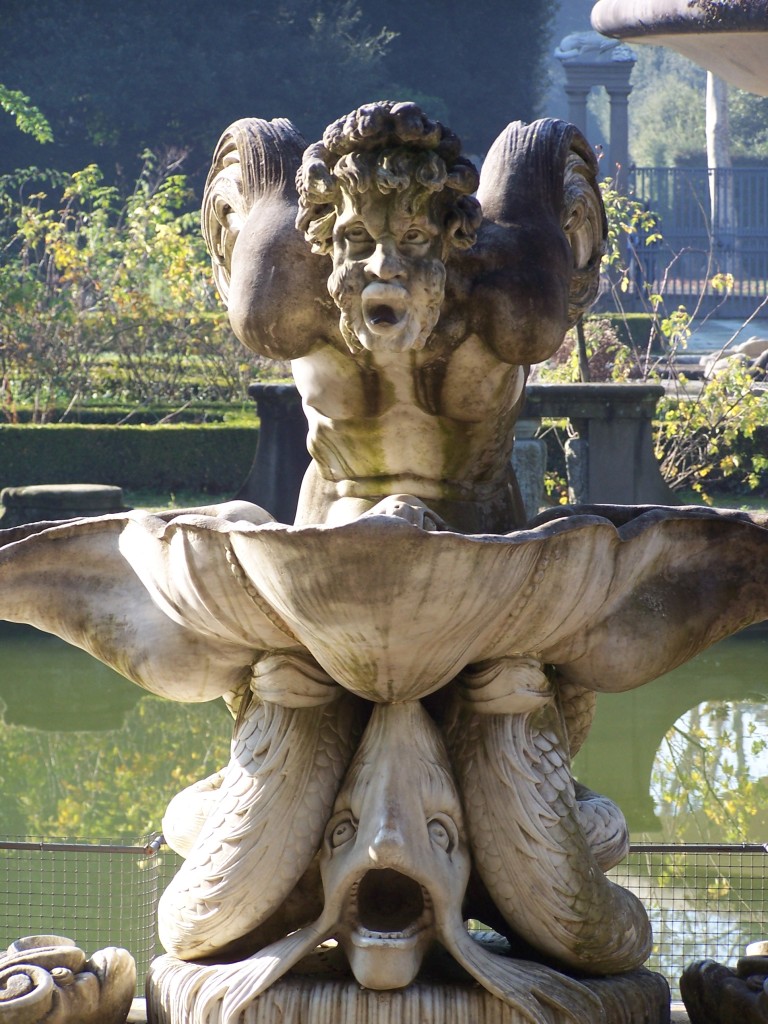
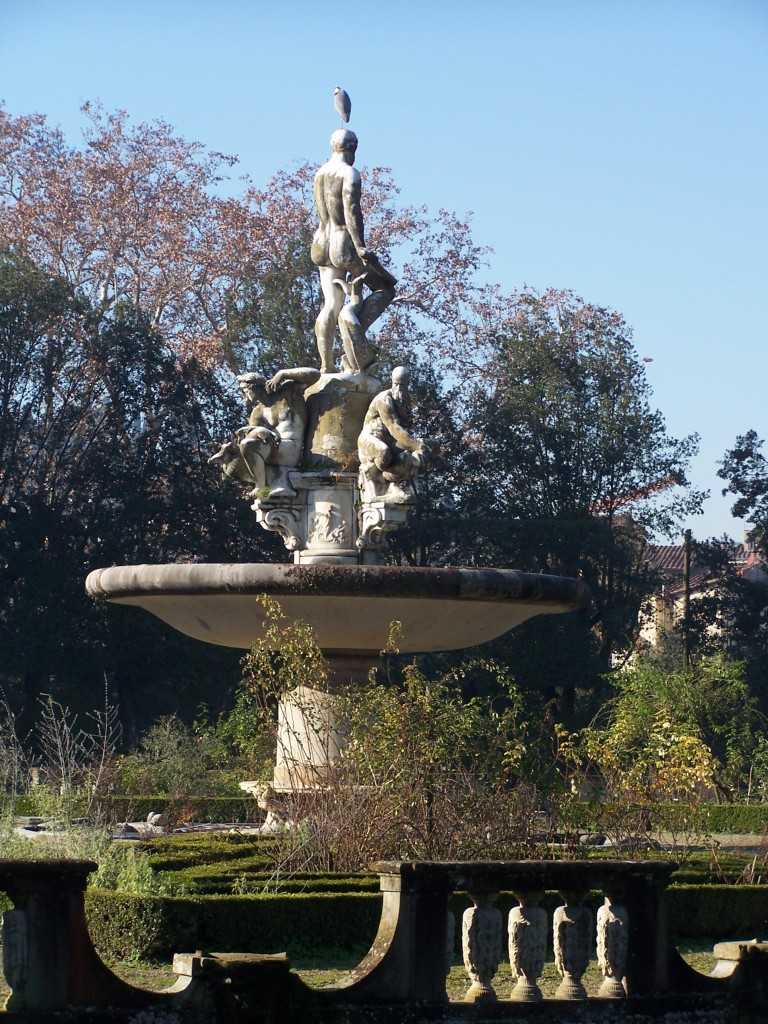
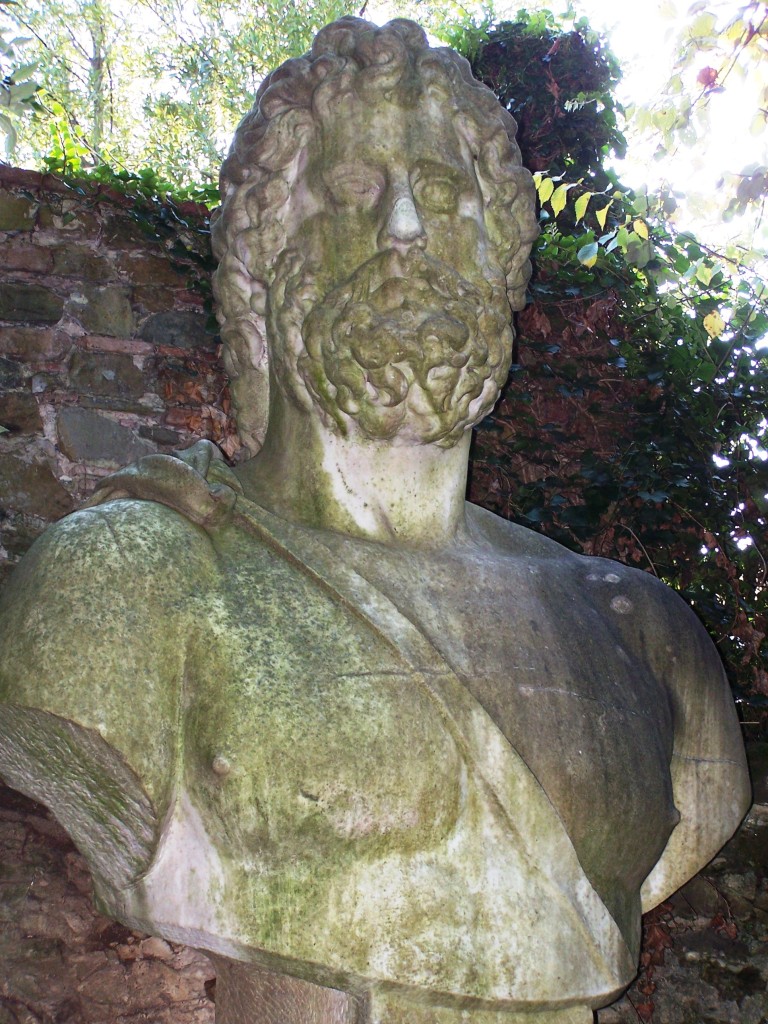
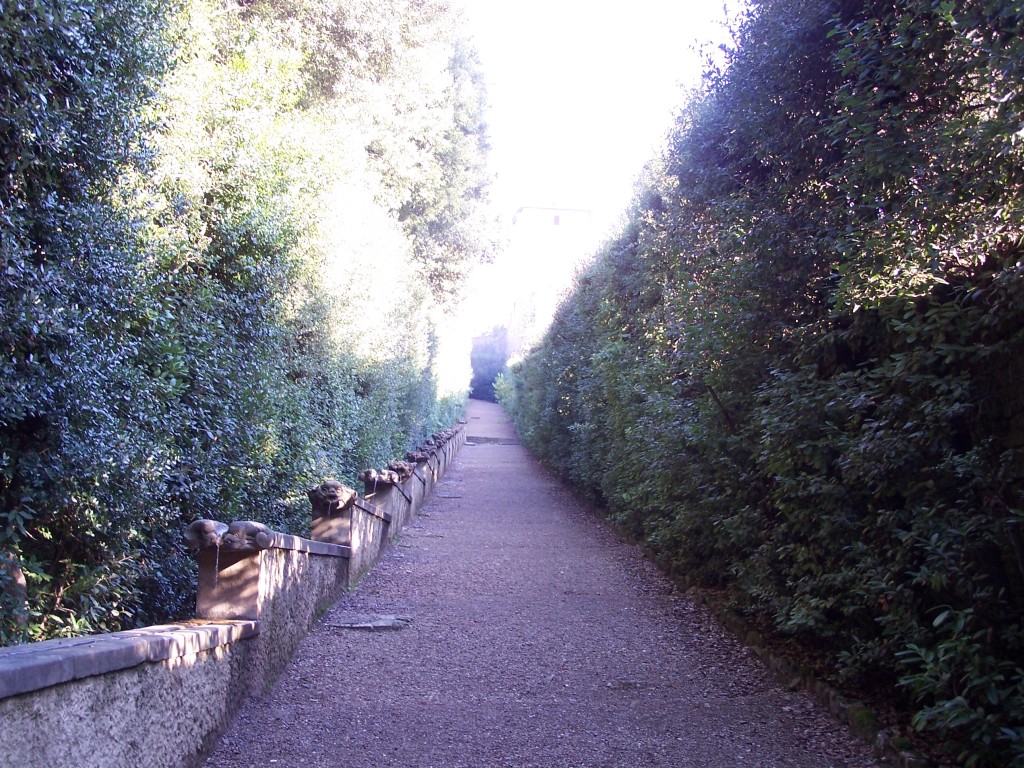
The Fountain of the Mostaccini is formed by a long channel of water cascading through sixteen monstrous masks, called Mostaccini, named perhaps in reference to their moustaches. These were intended as drinking troughs for birds and are all that remain of the Ragnaia della Pace, designed for the hunting of birds with nets.
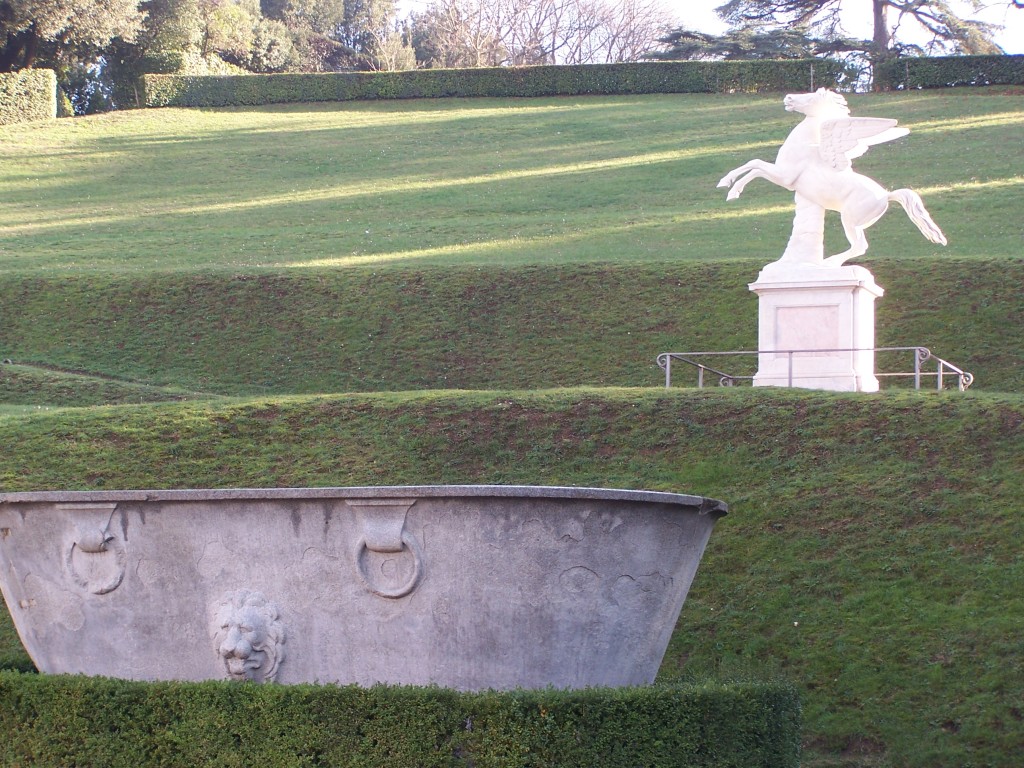
It’s difficult to imagine that the enjoyment of these lovely gardens and their manifold treasures could be enhanced (unless, of course, you were an unfortunate bird in a time long gone), but if, on returning to the rear of the palace courtyard, we venture beyond the entry ramp and along another path, a special path, you will surely marvel at a different kind of magic as we encounter Buontalenti’s Grotto
or try
